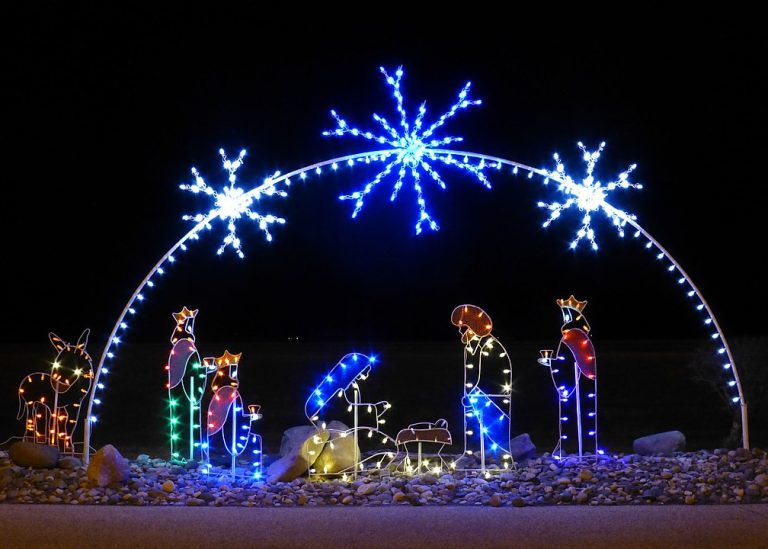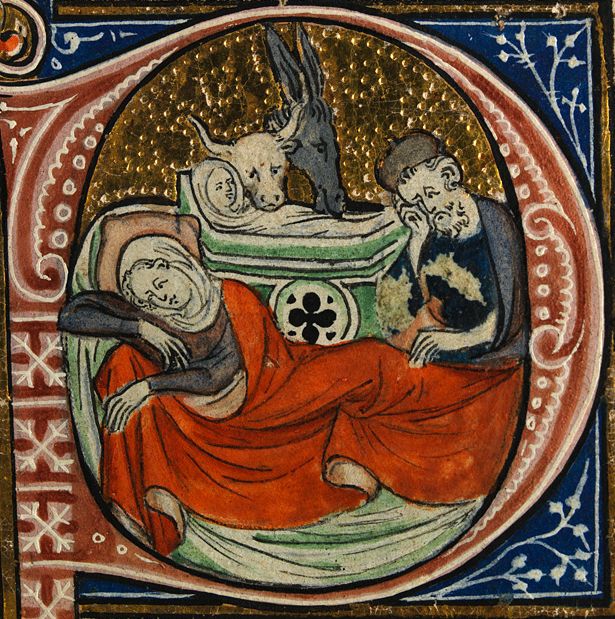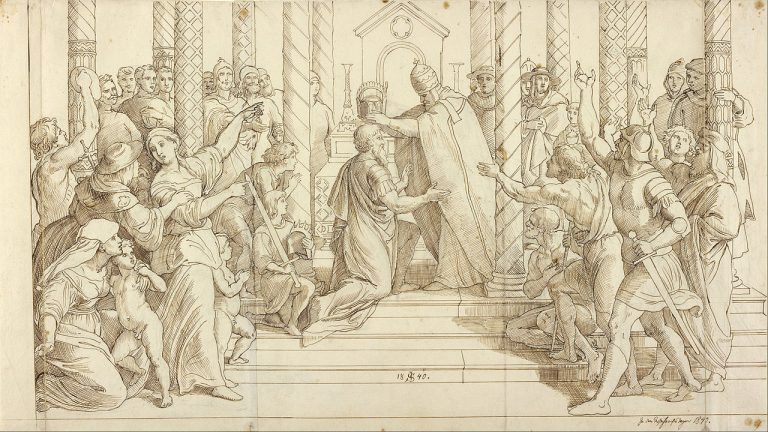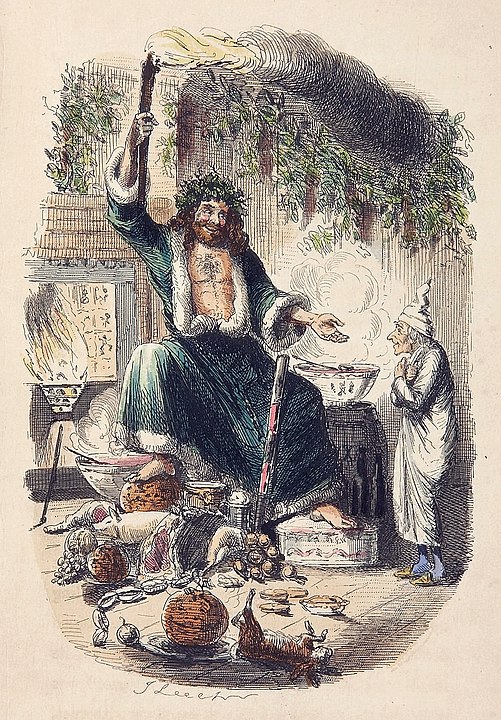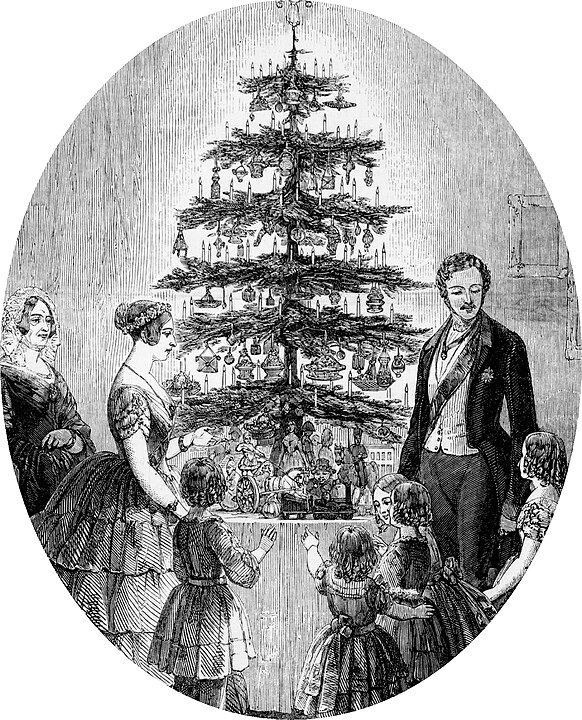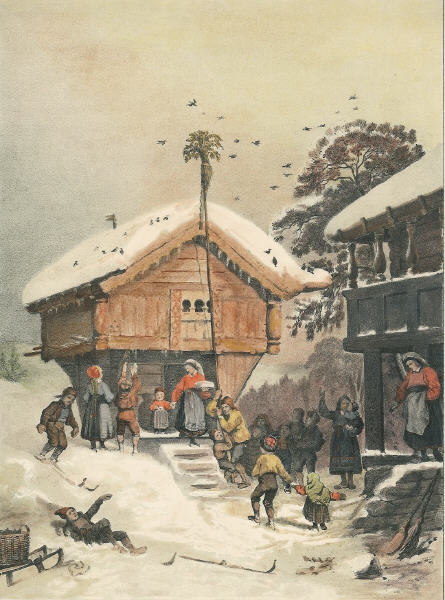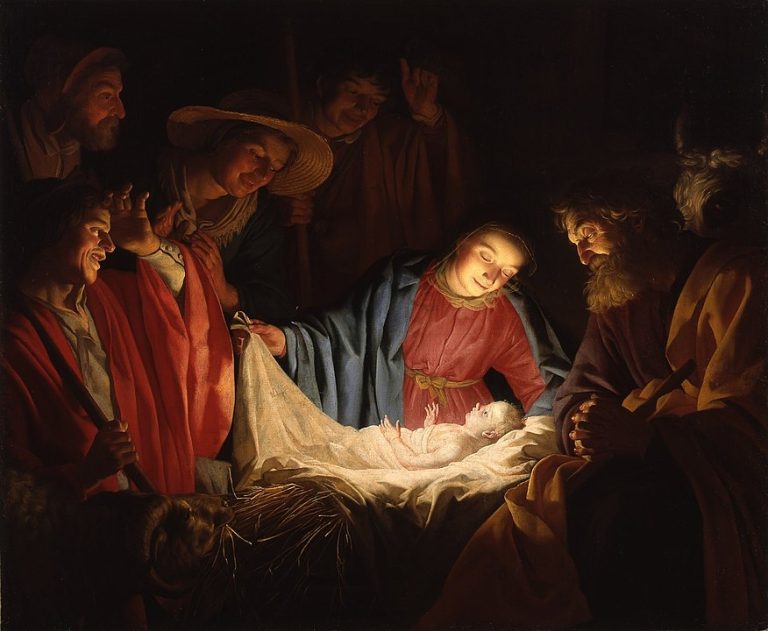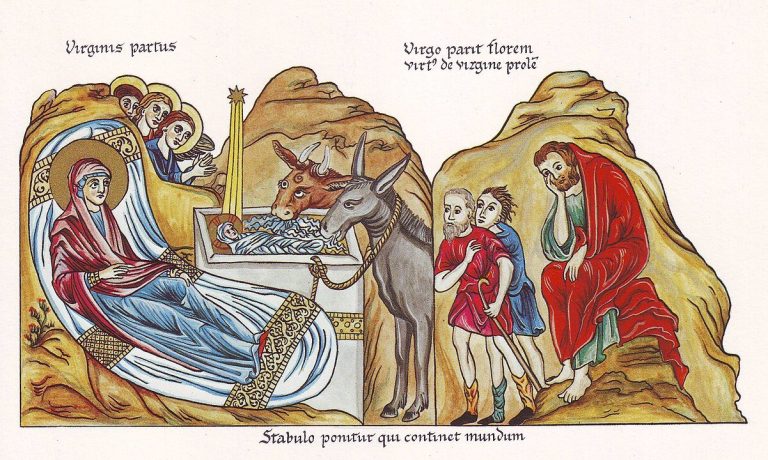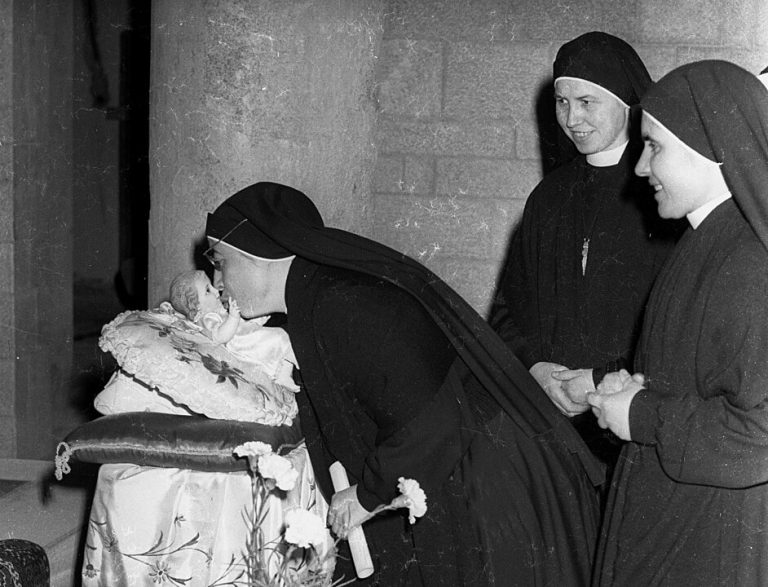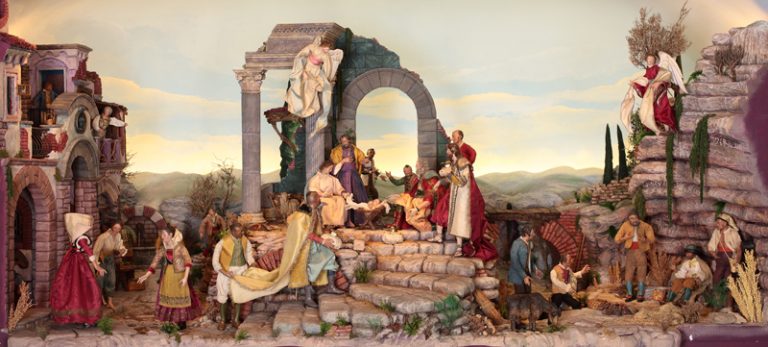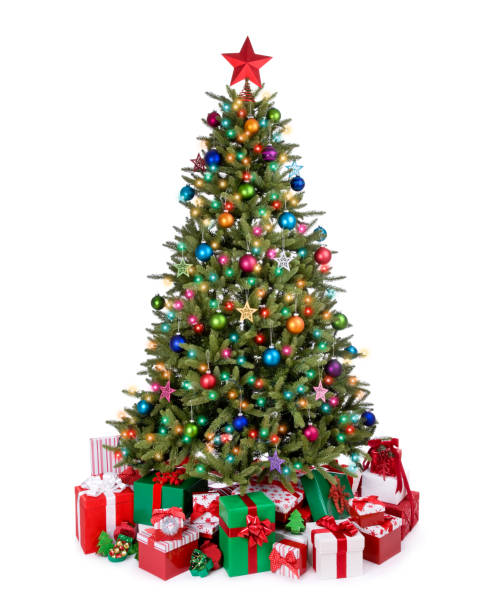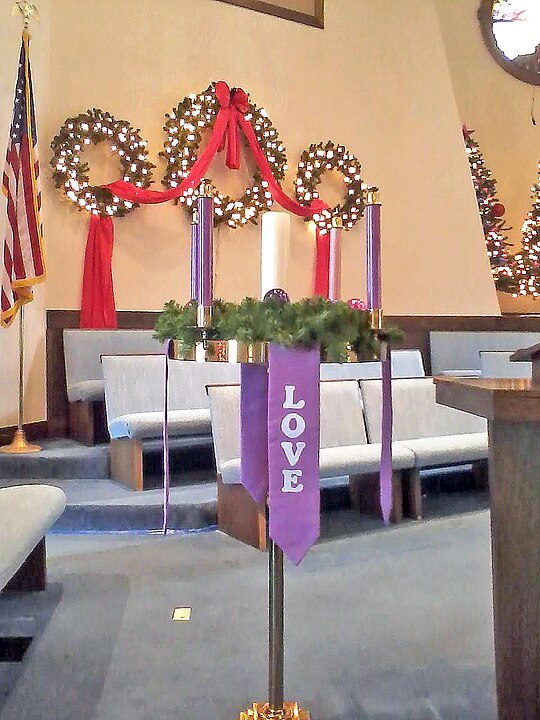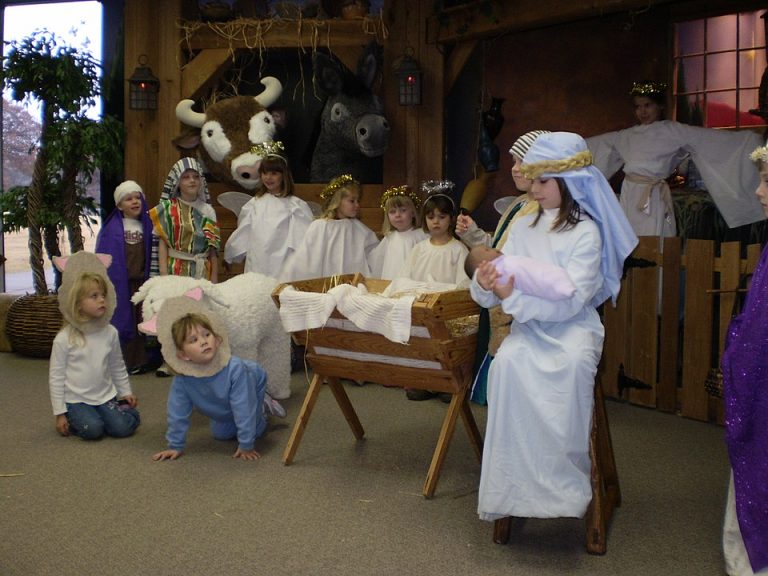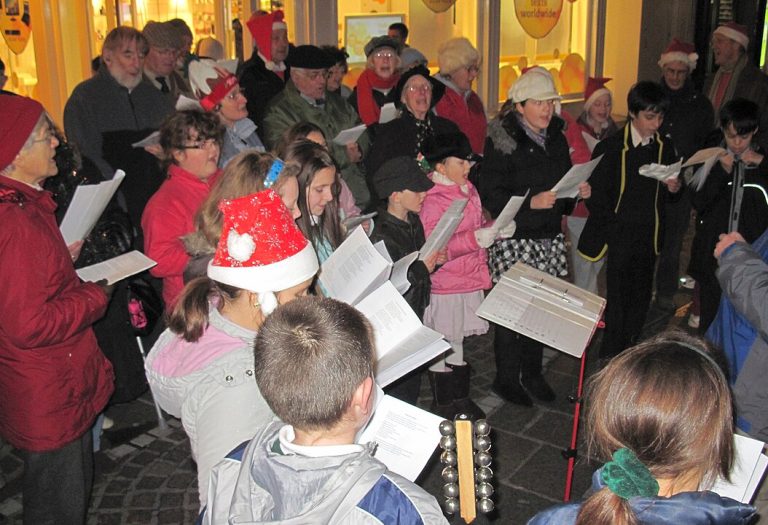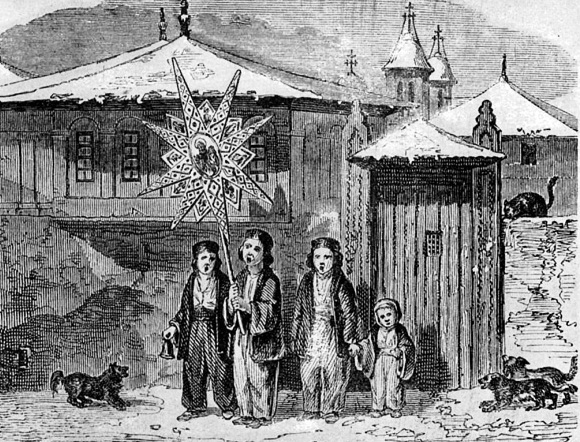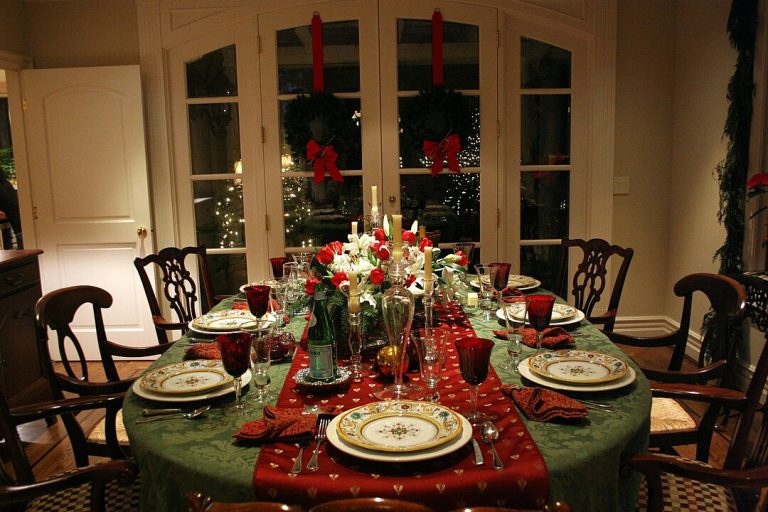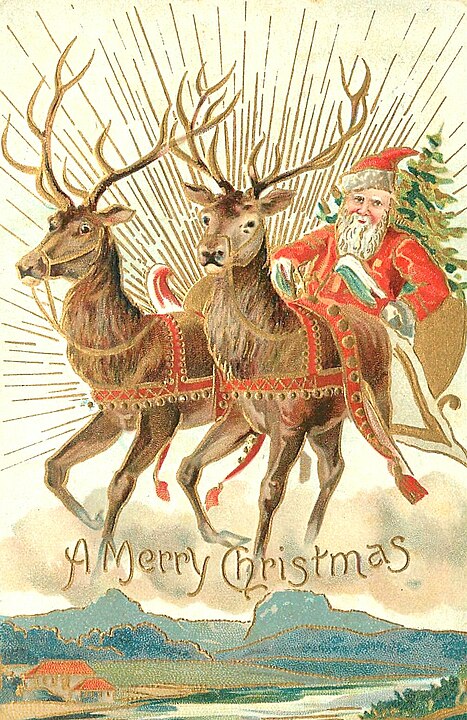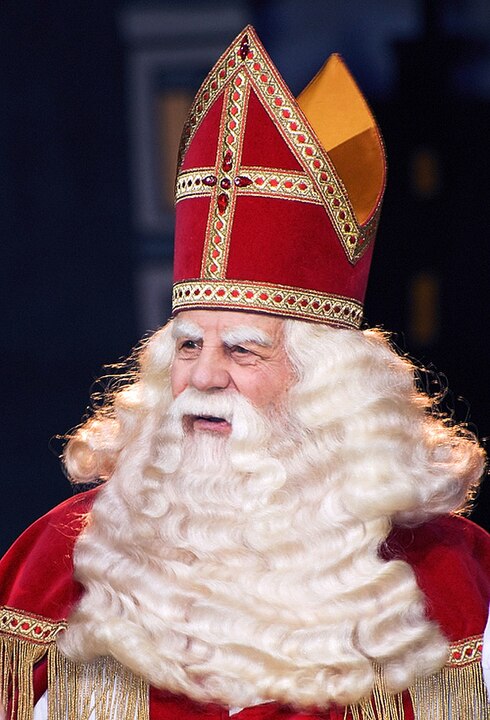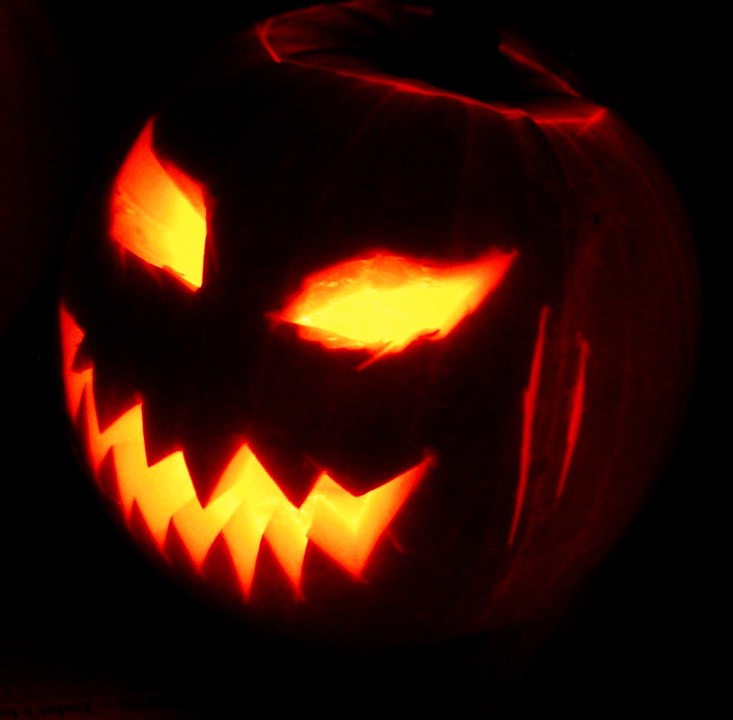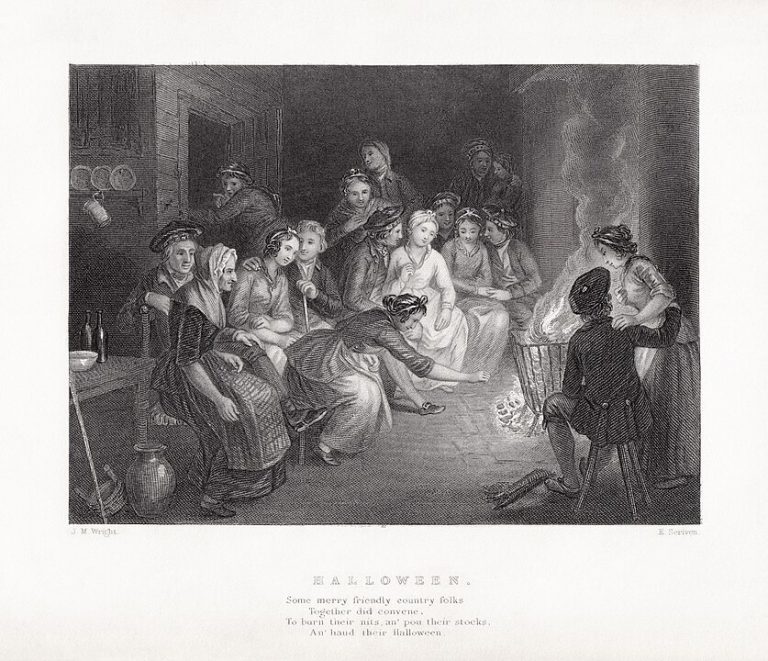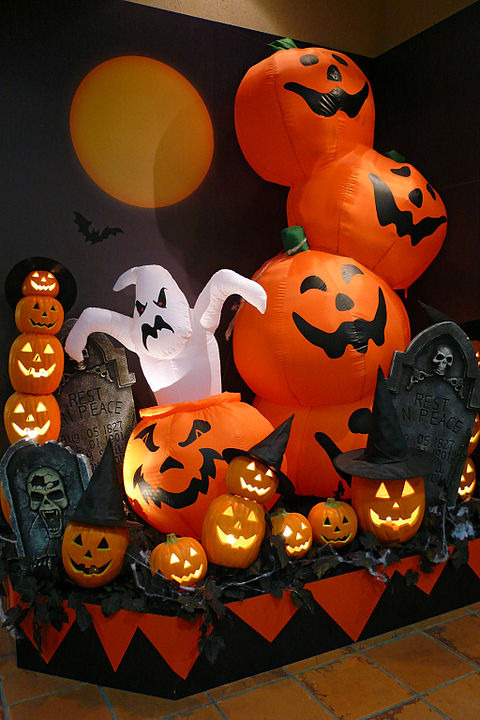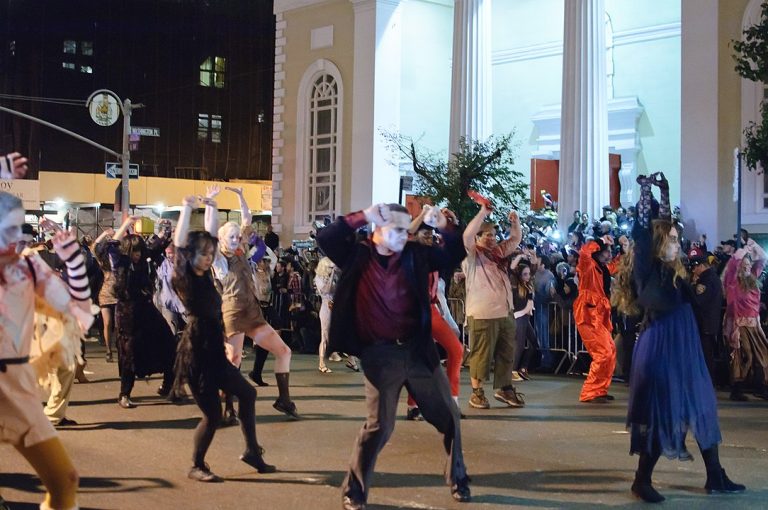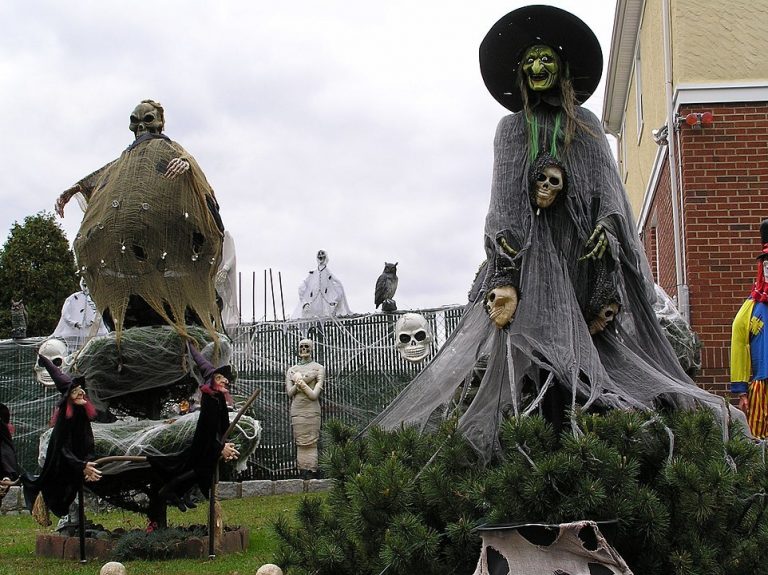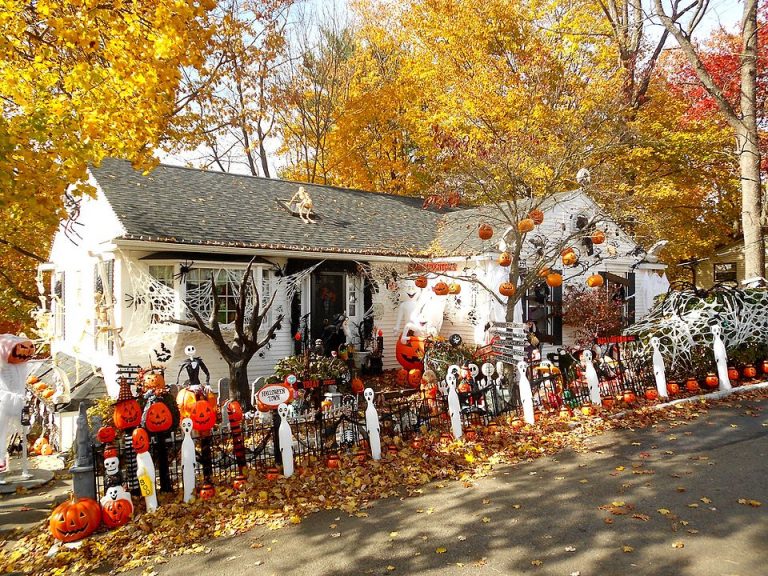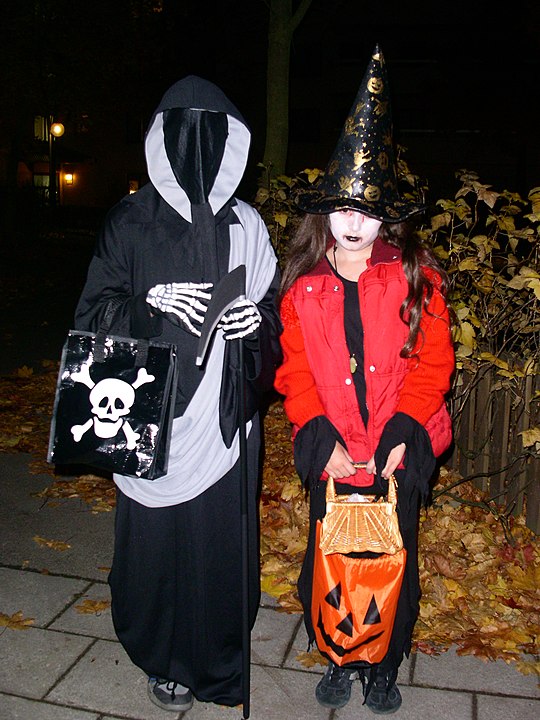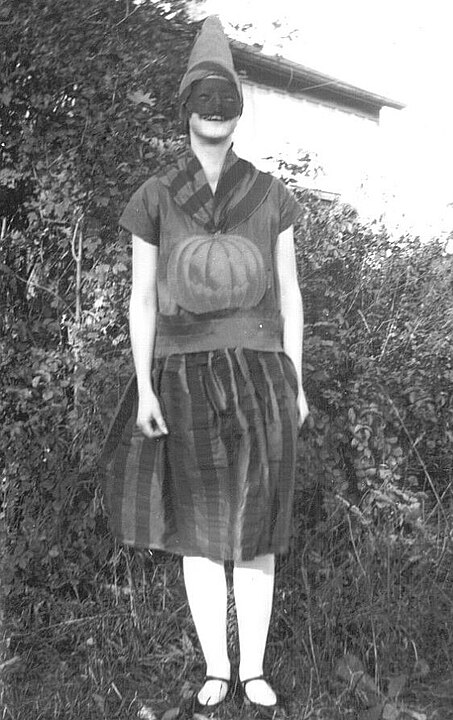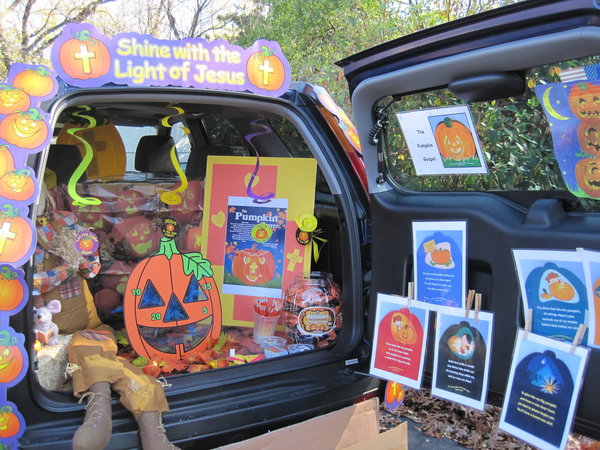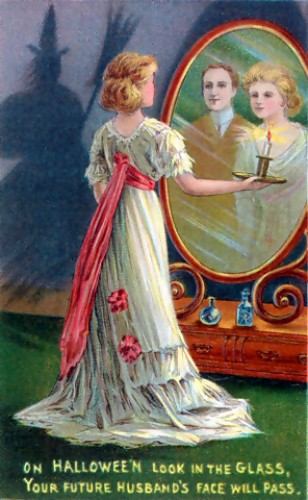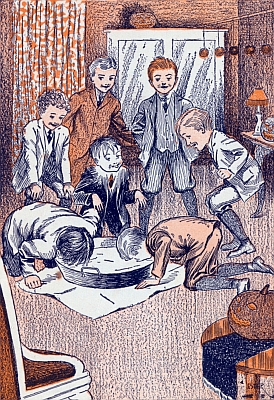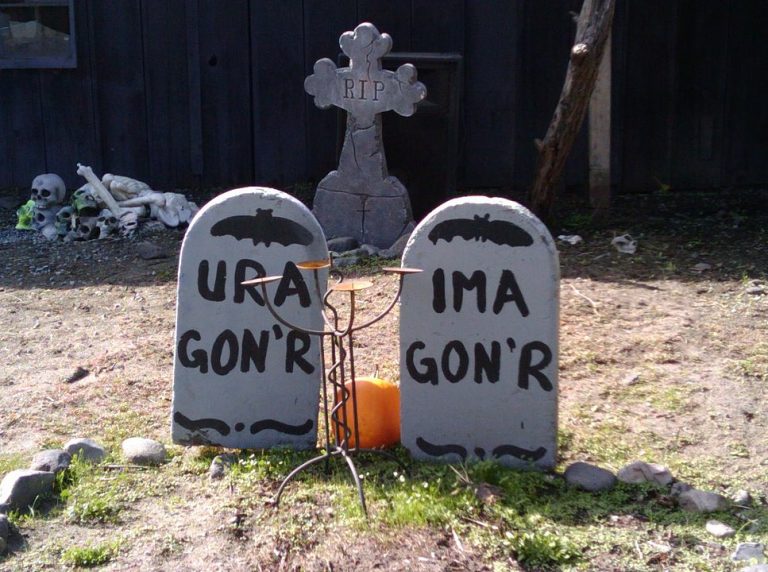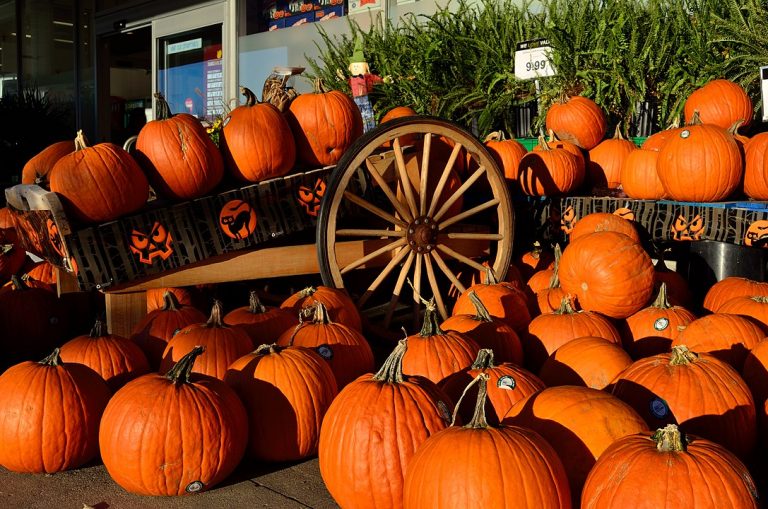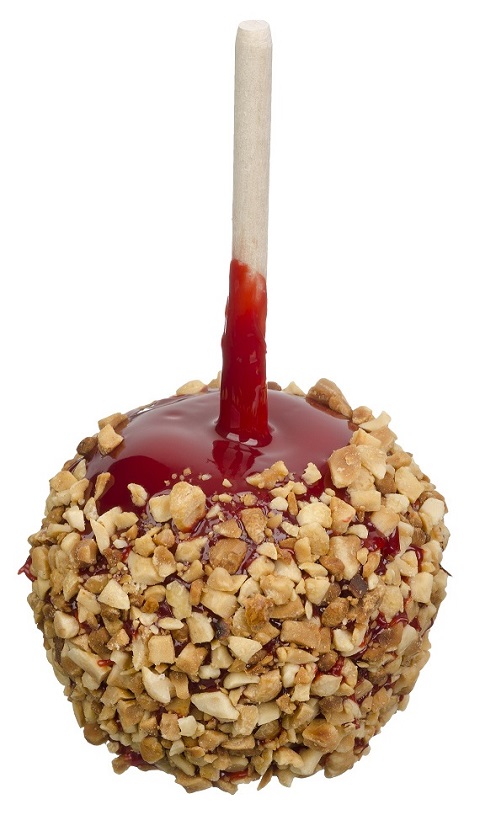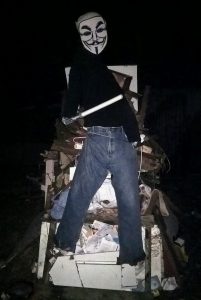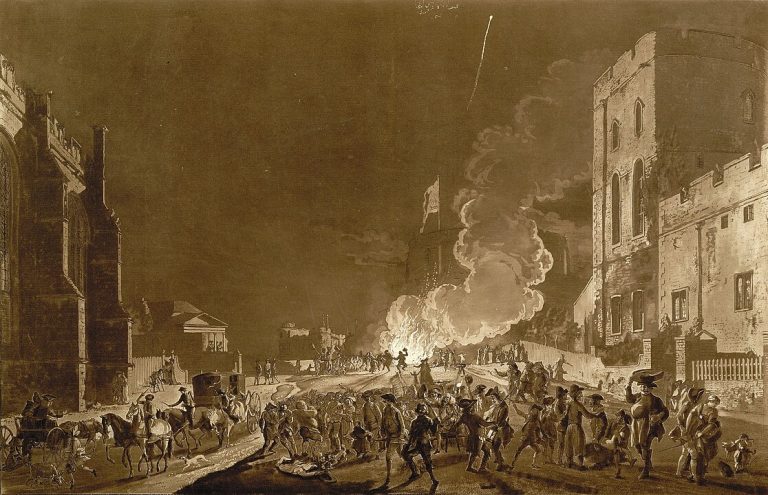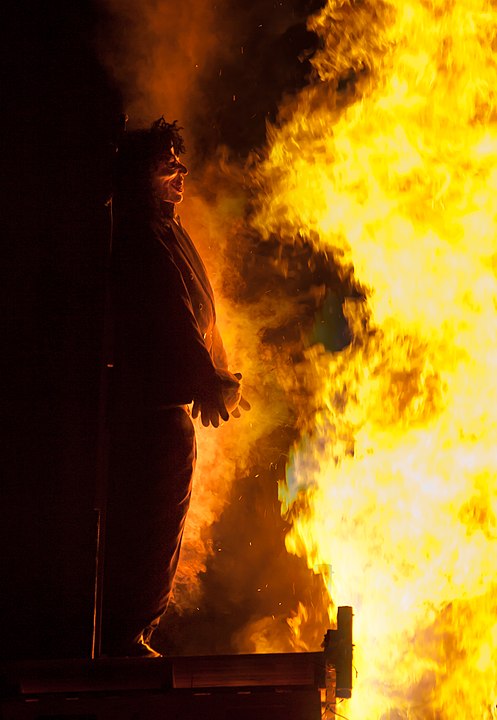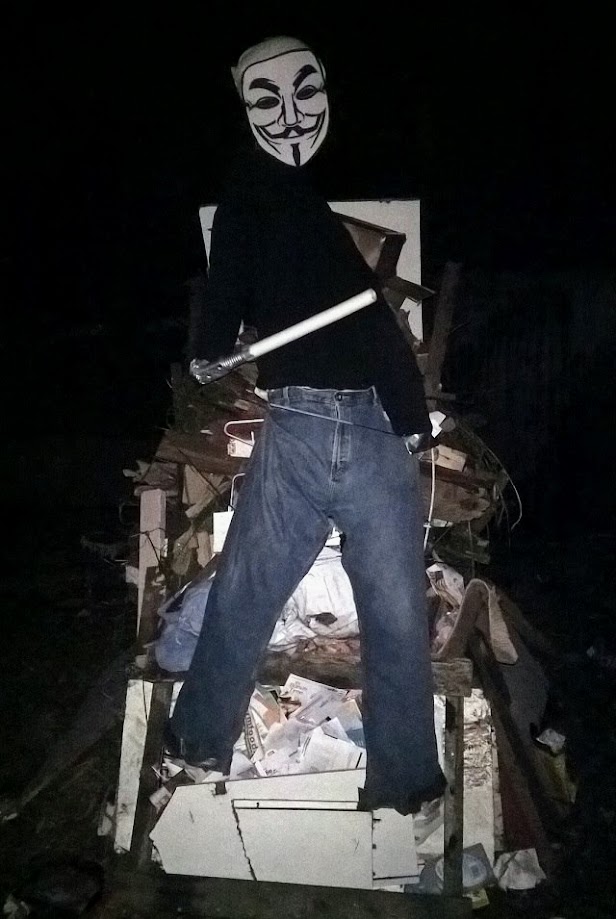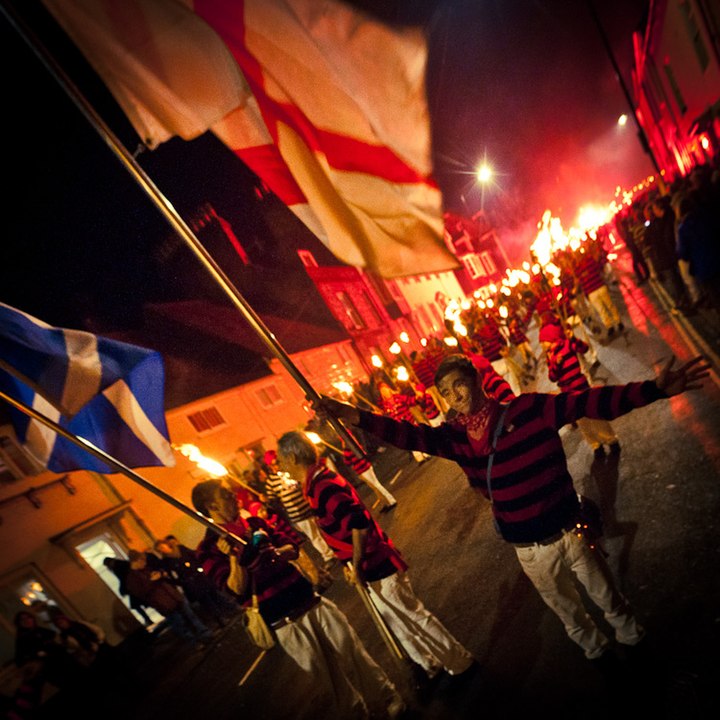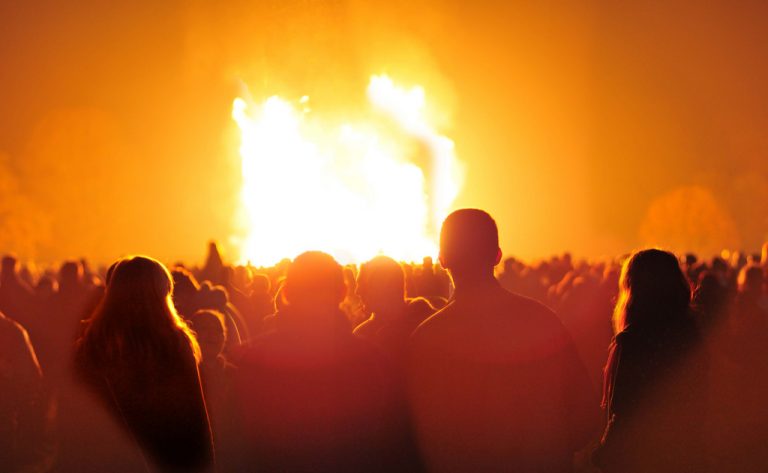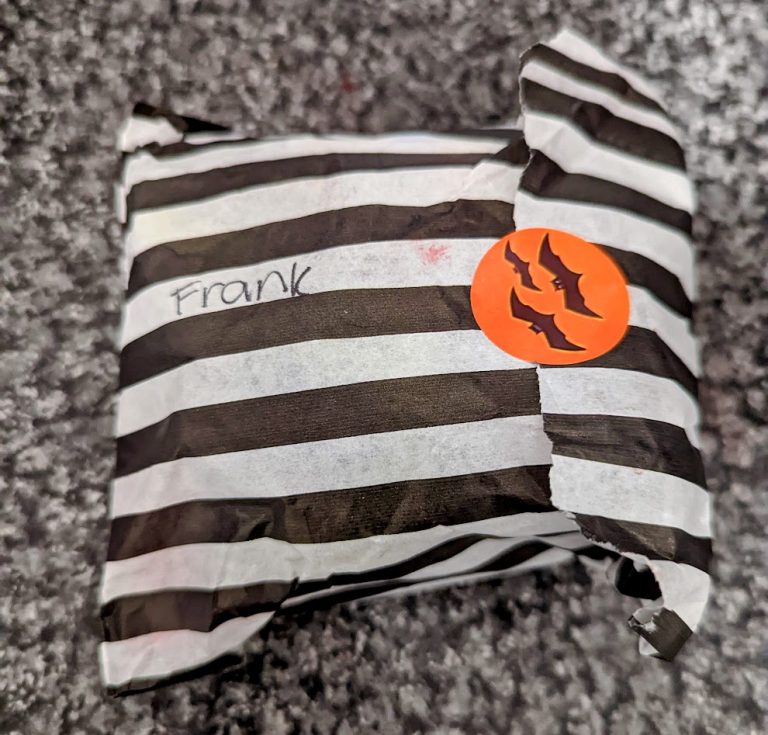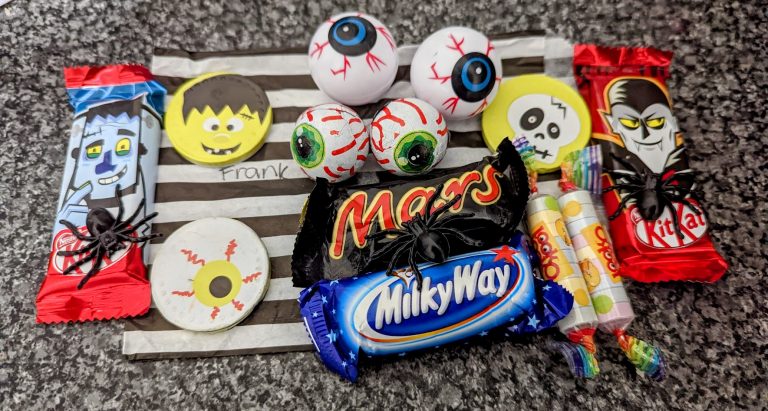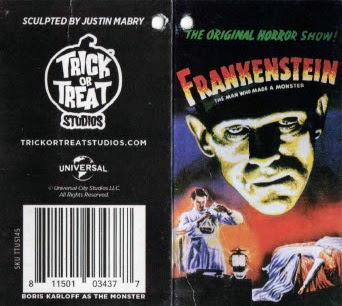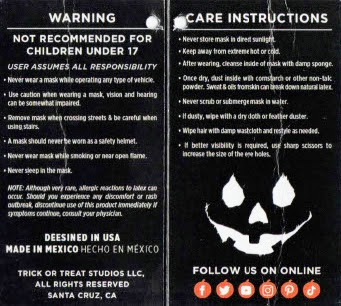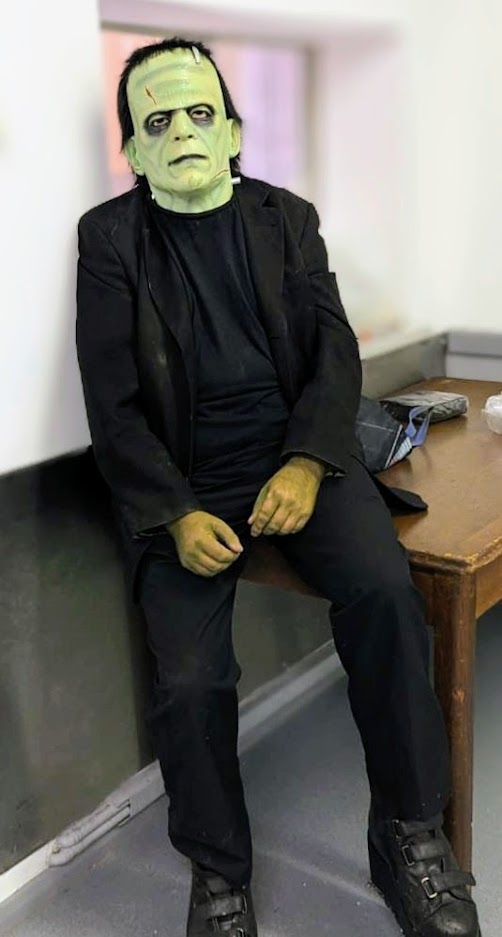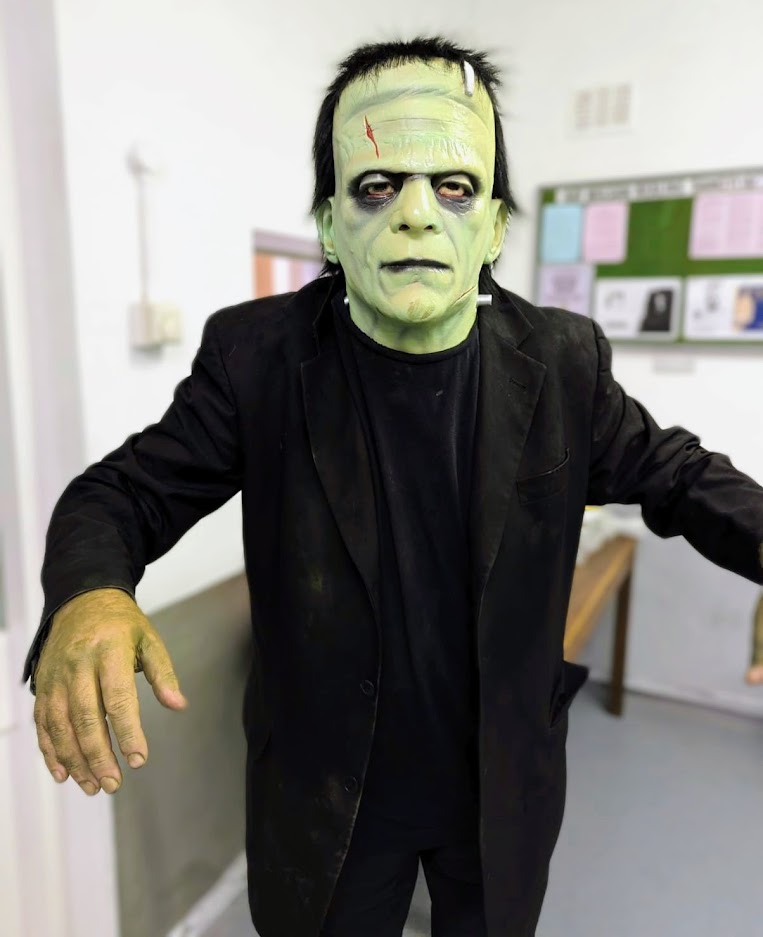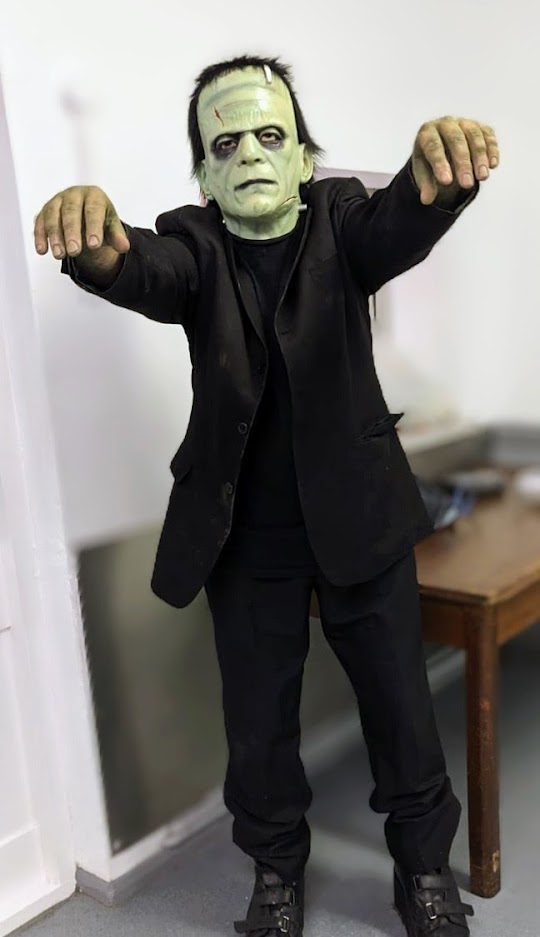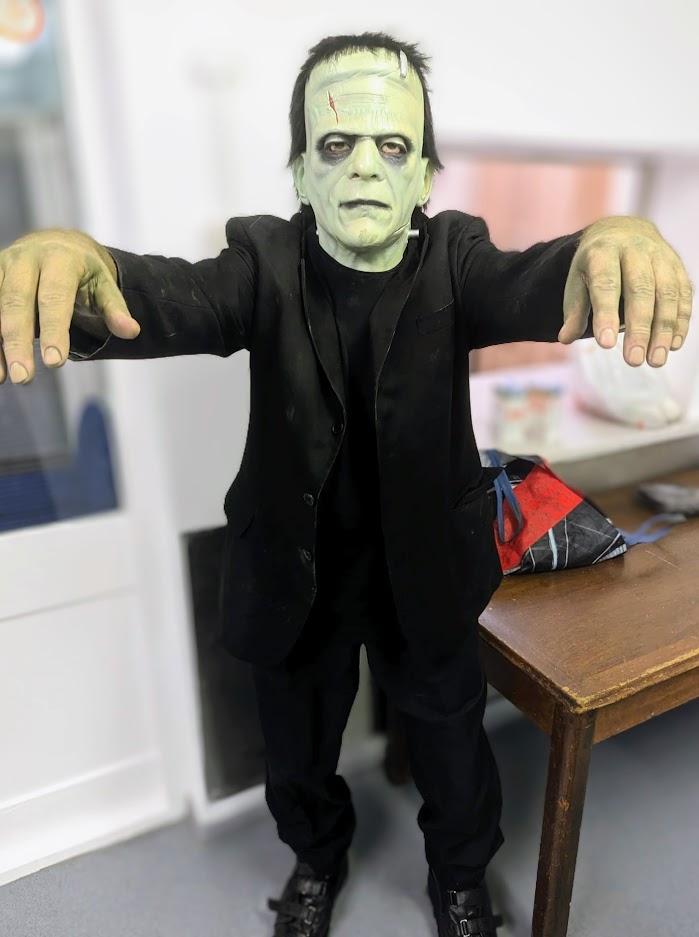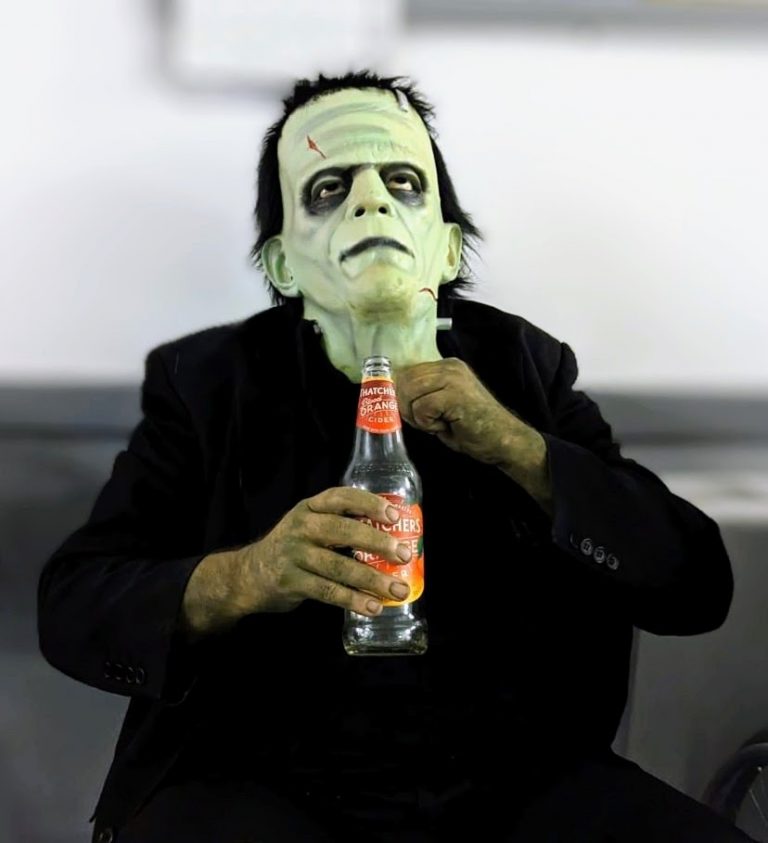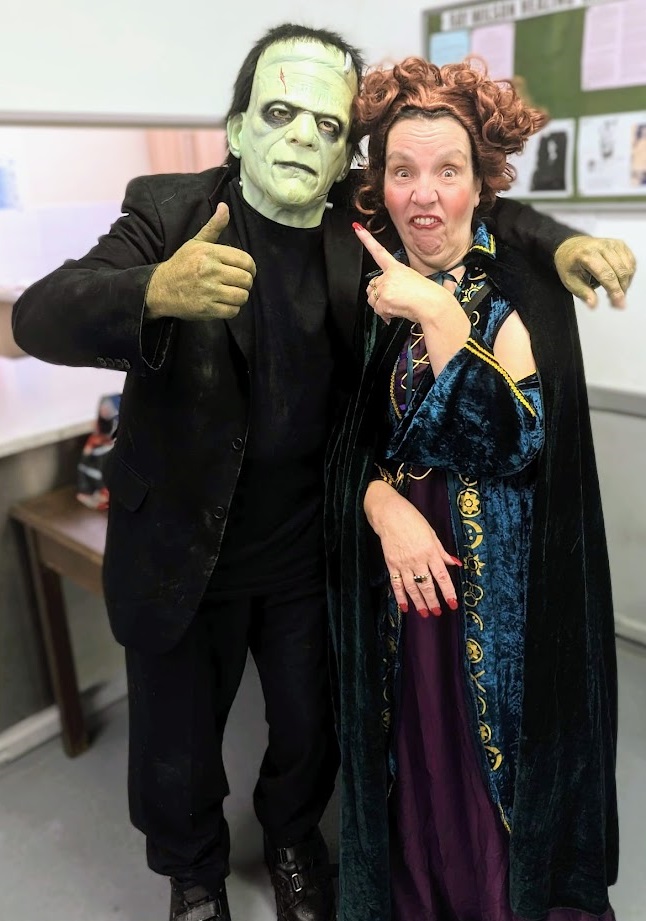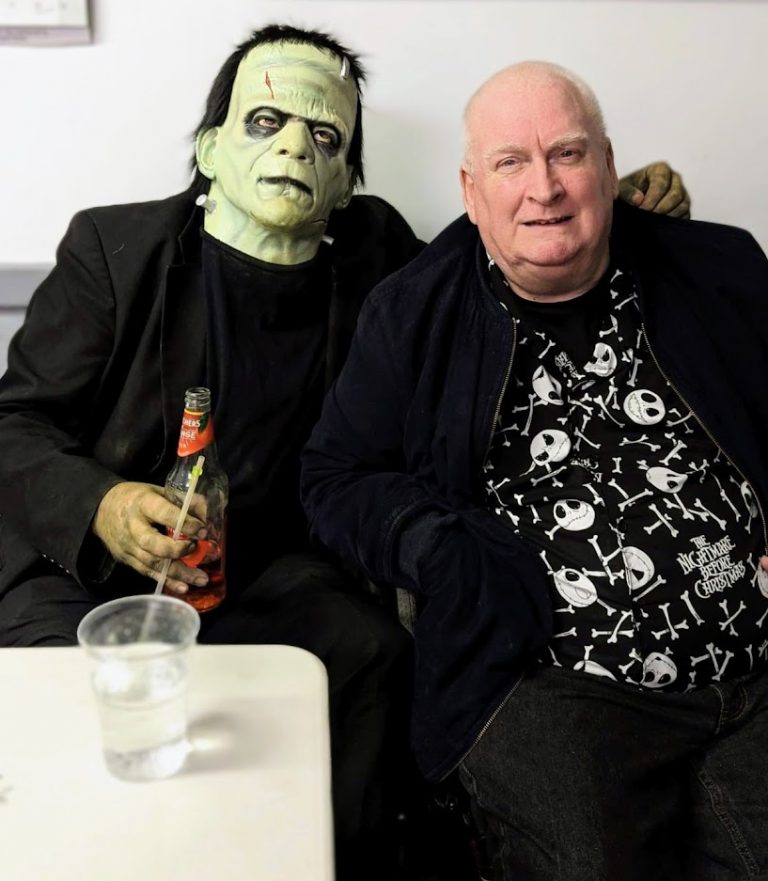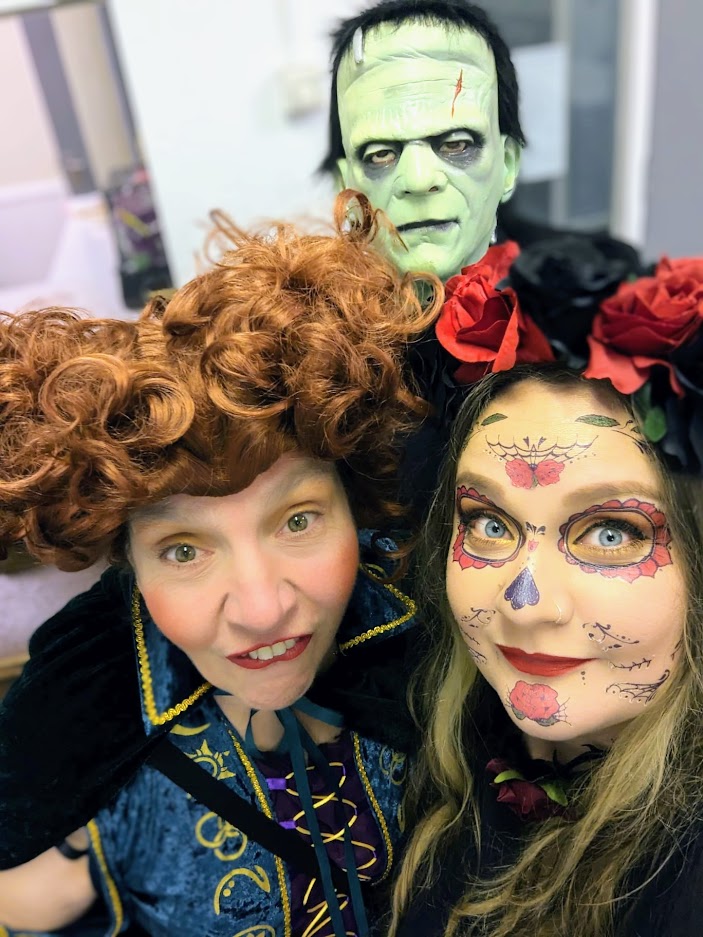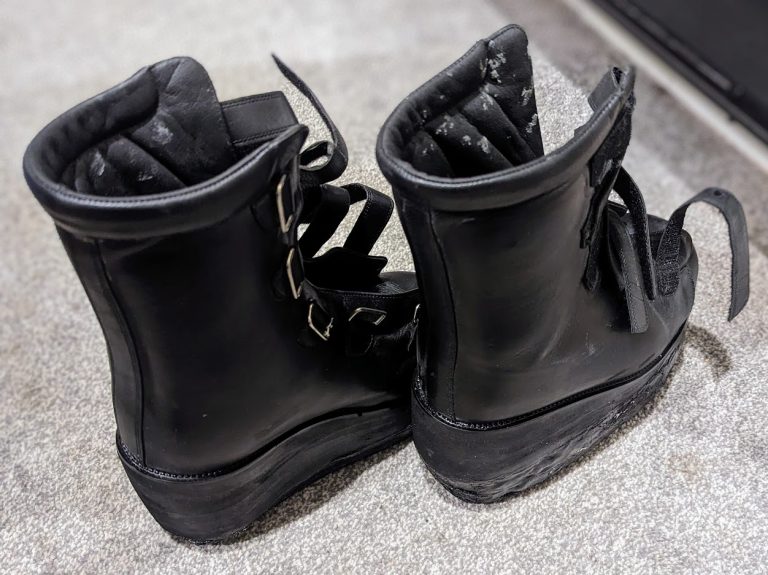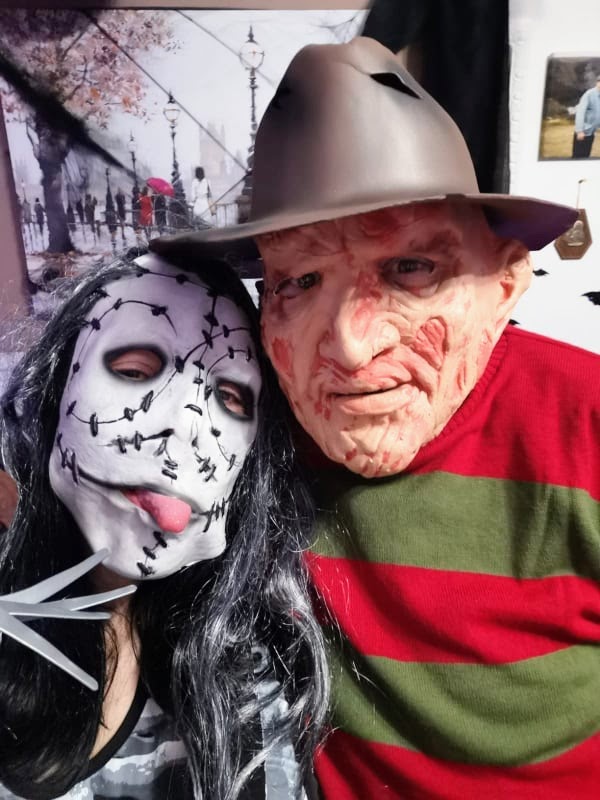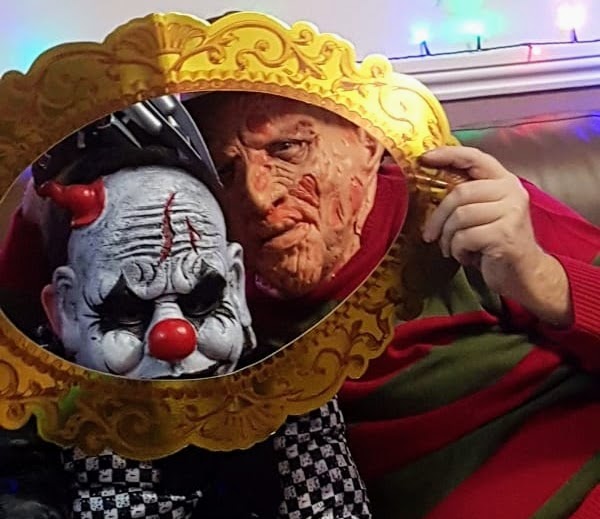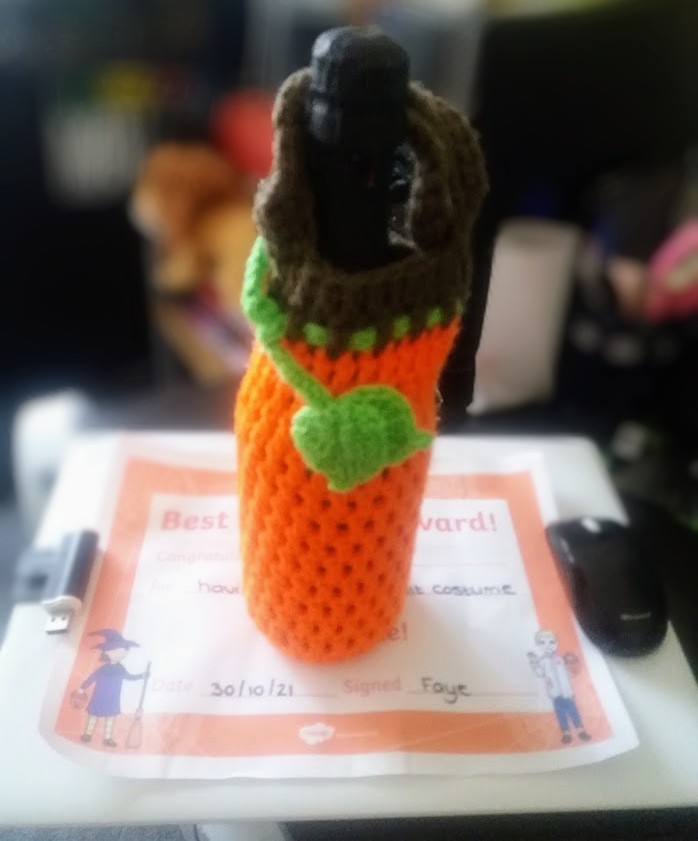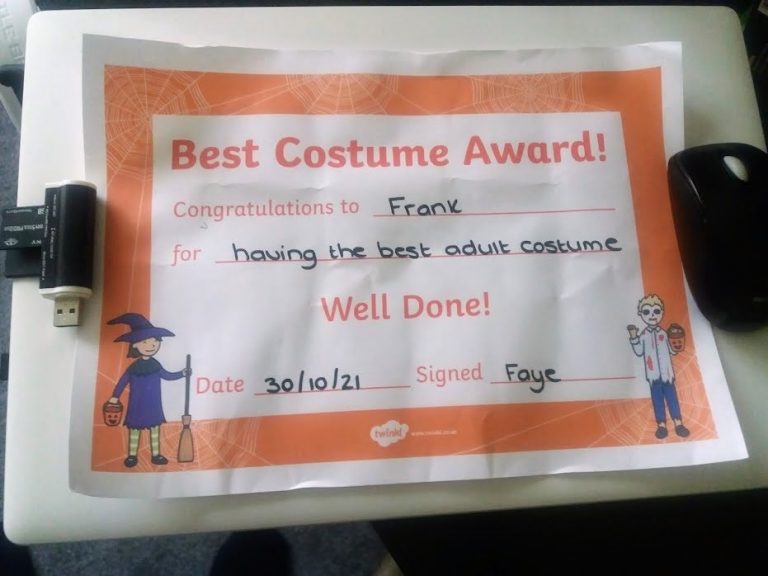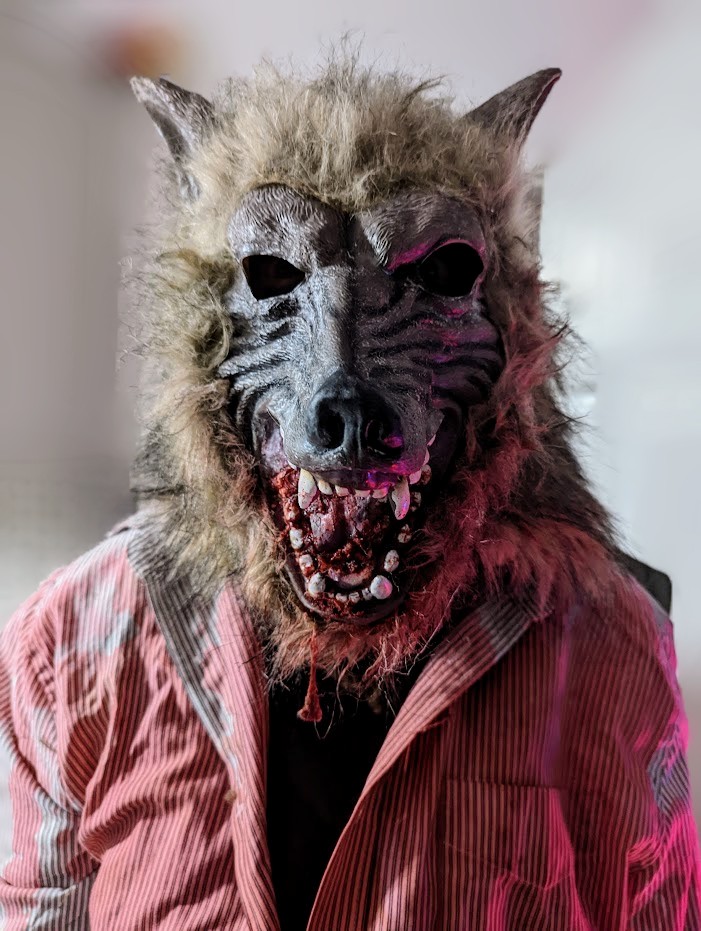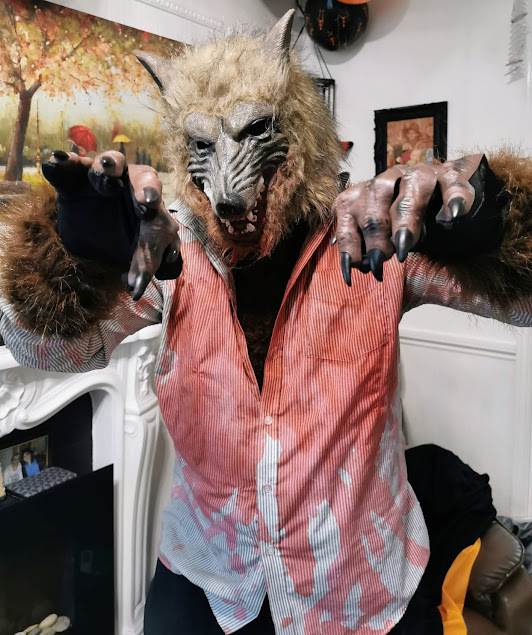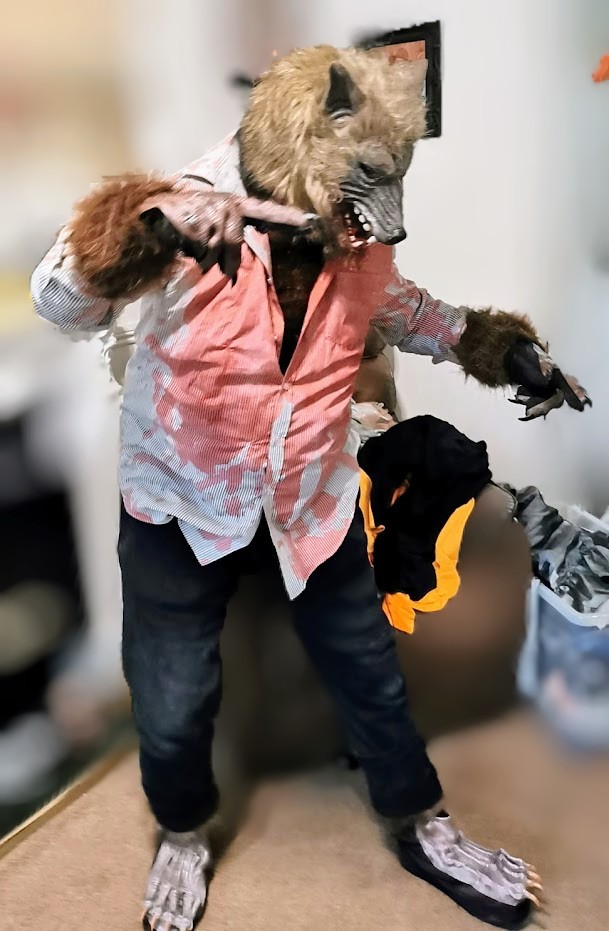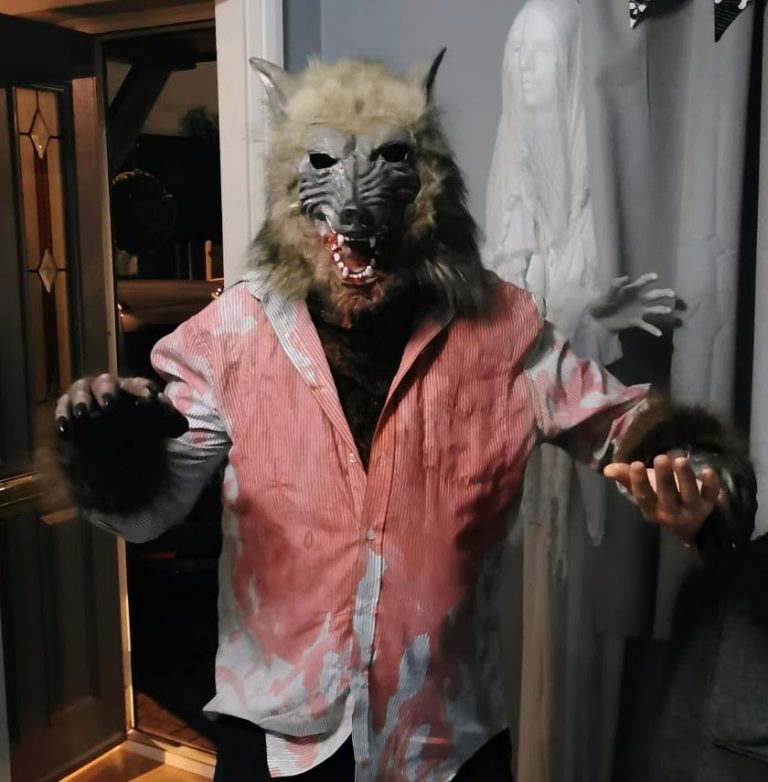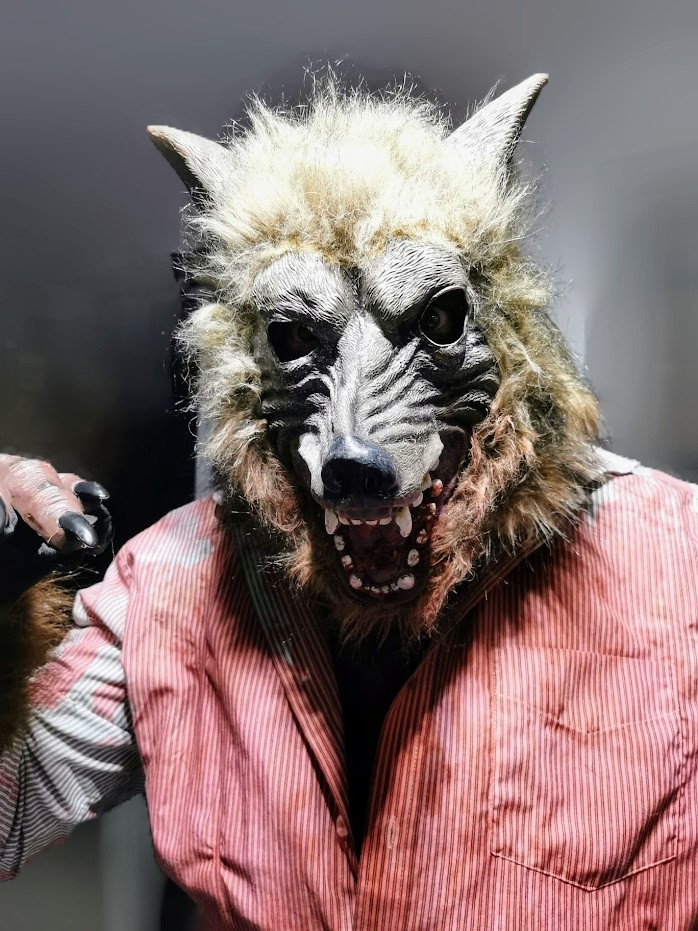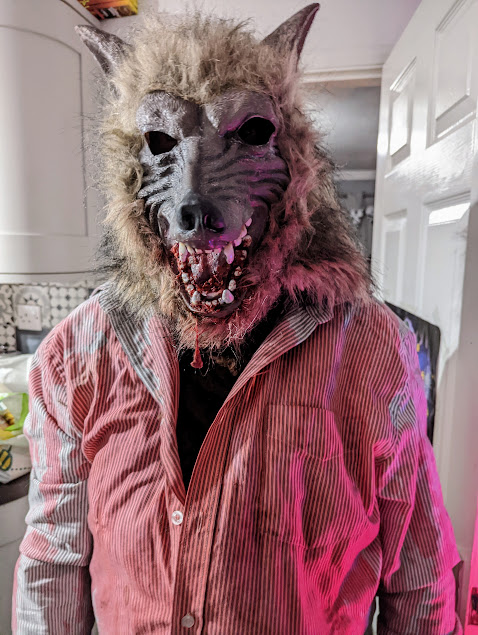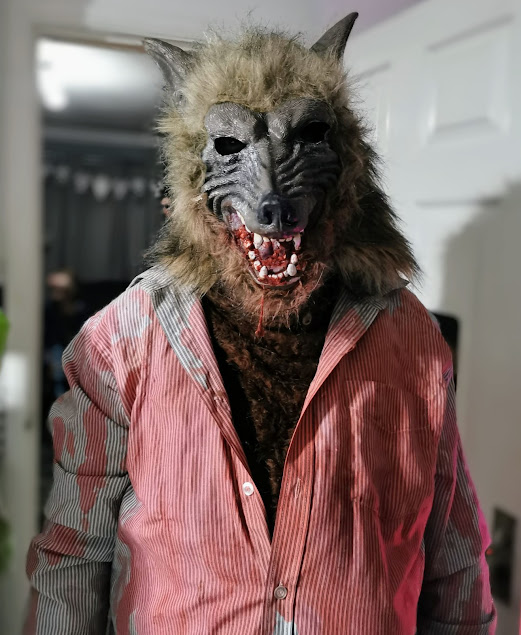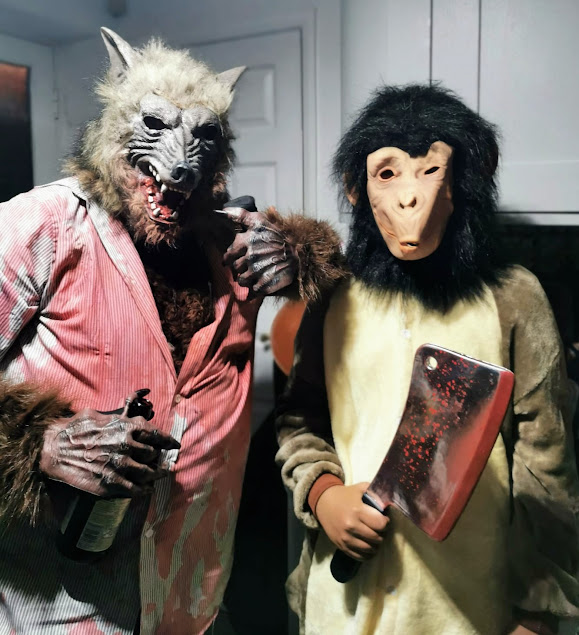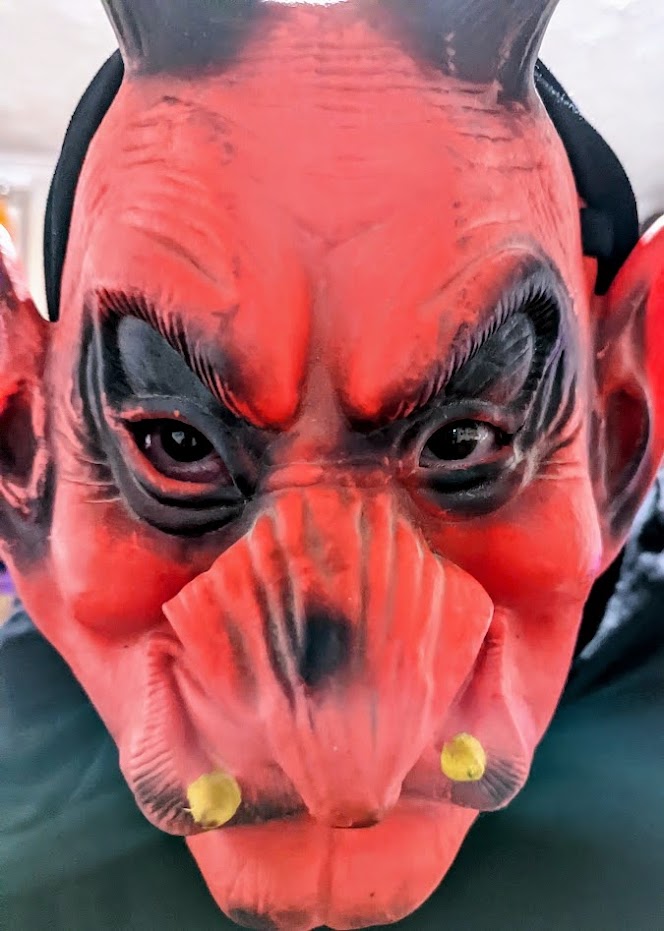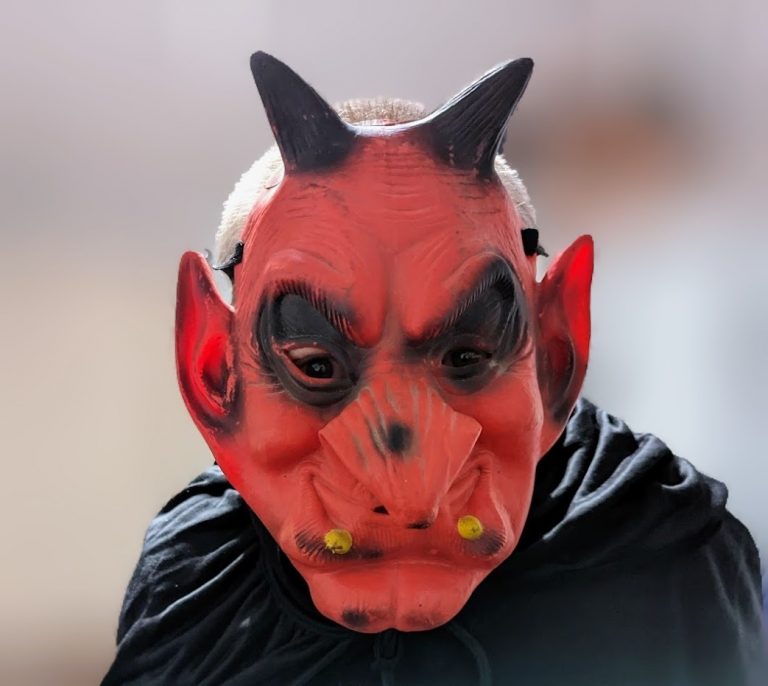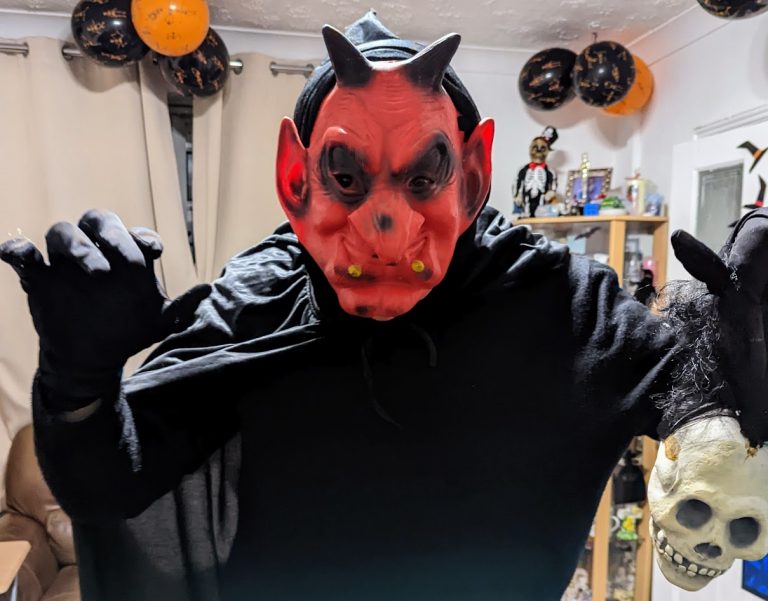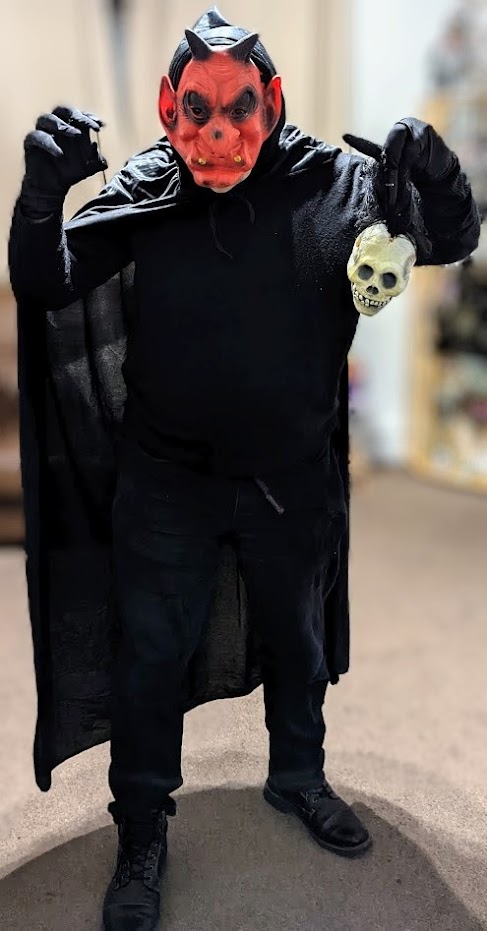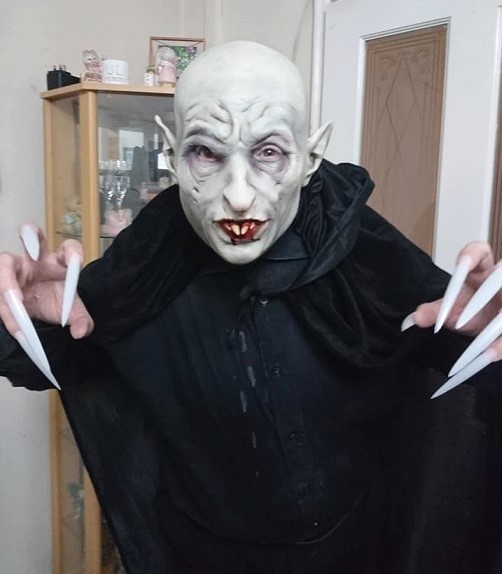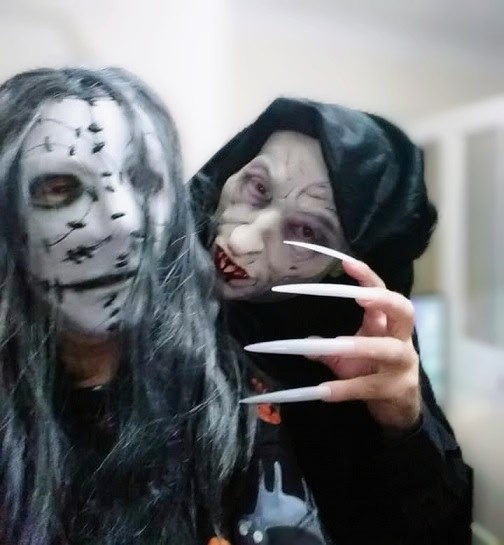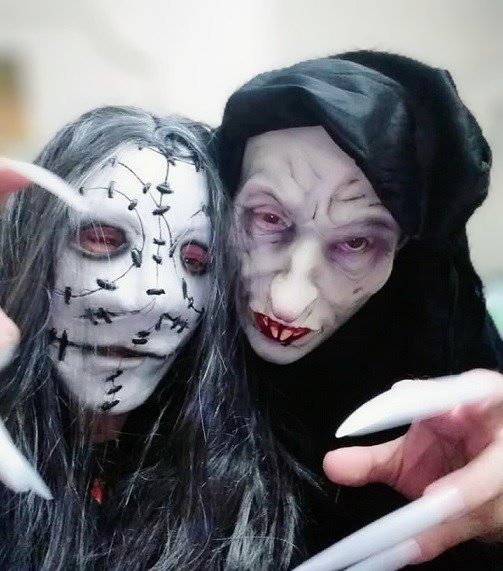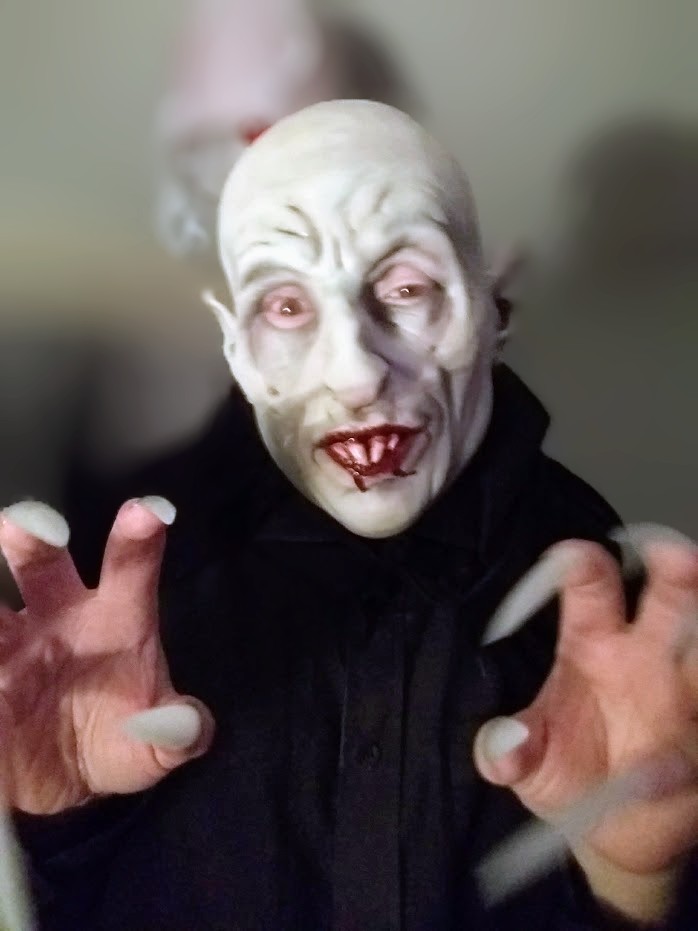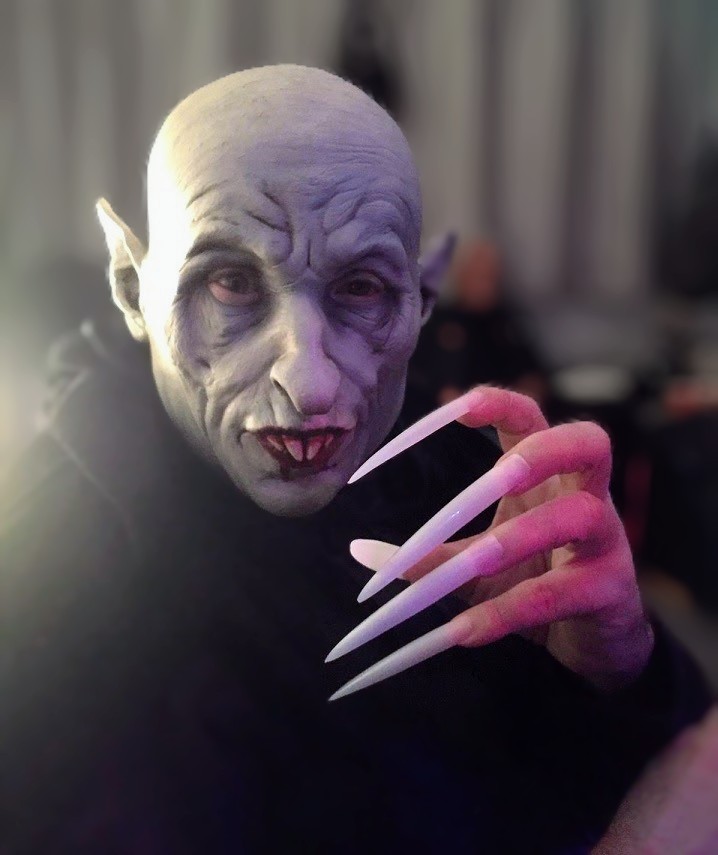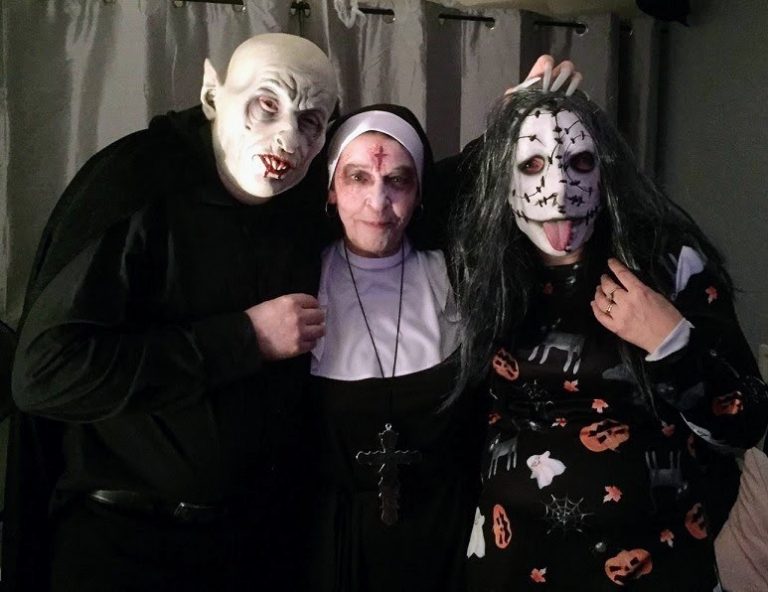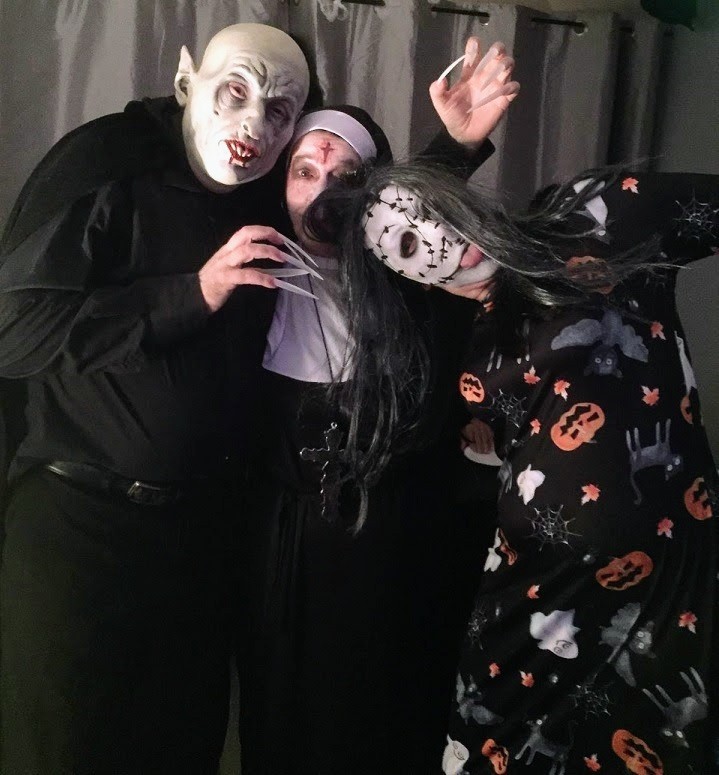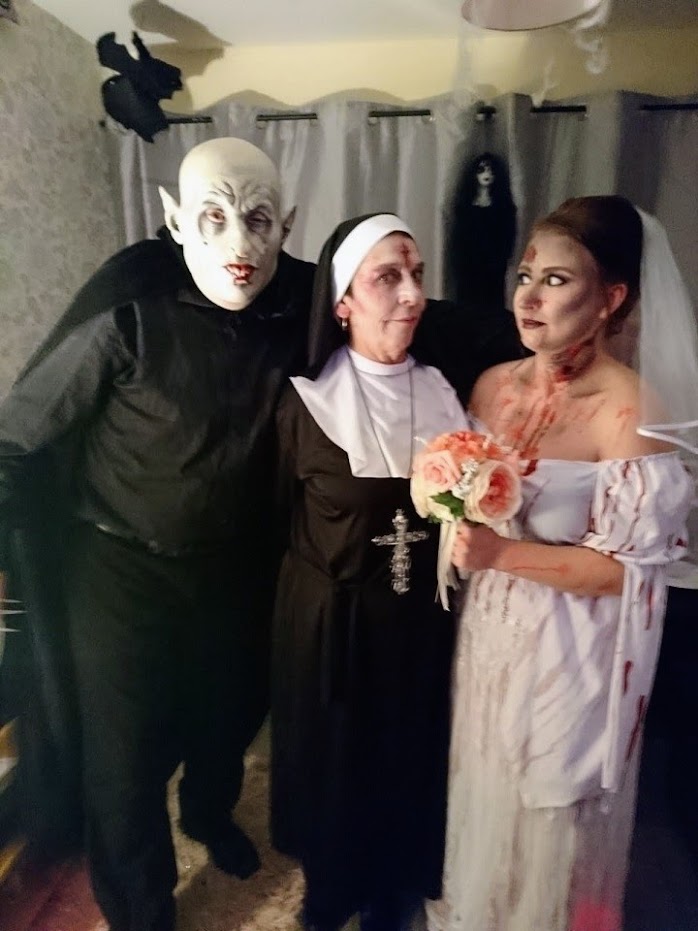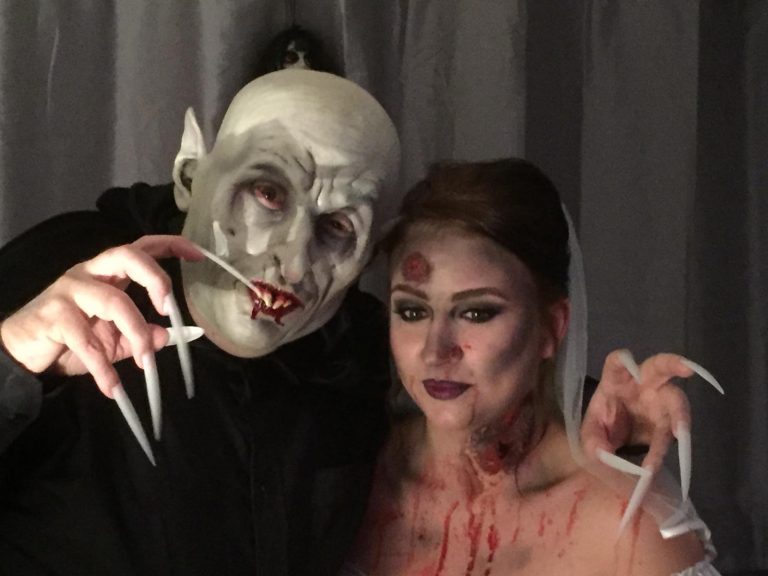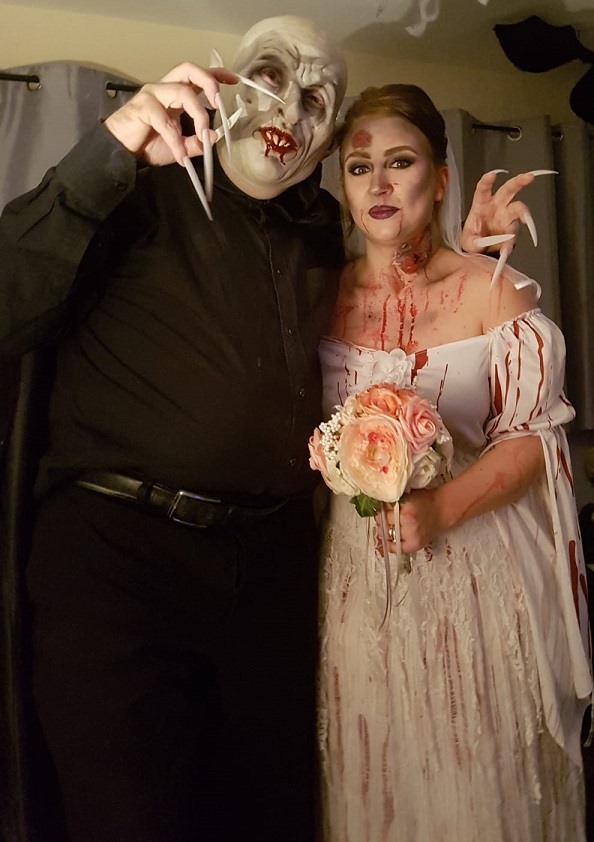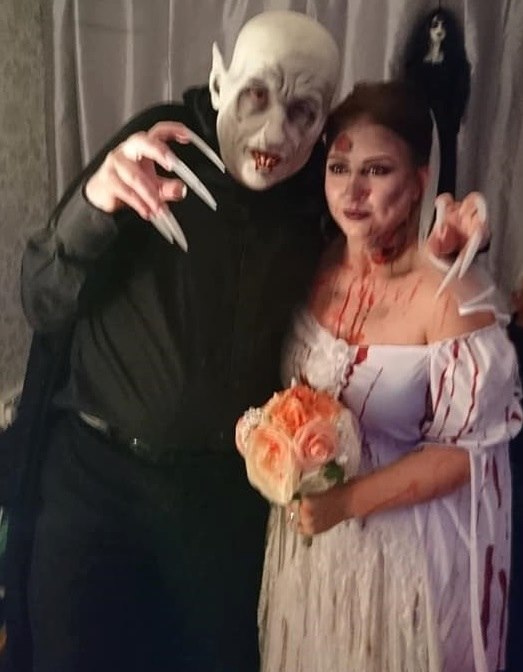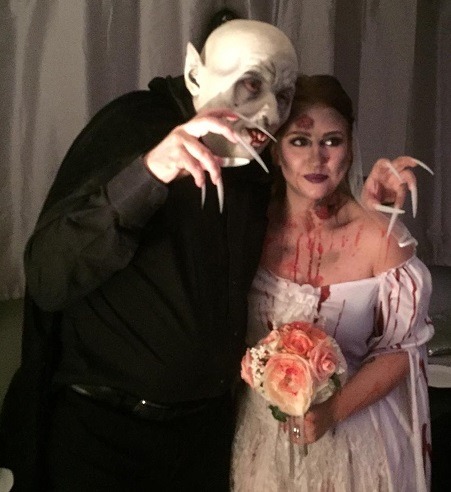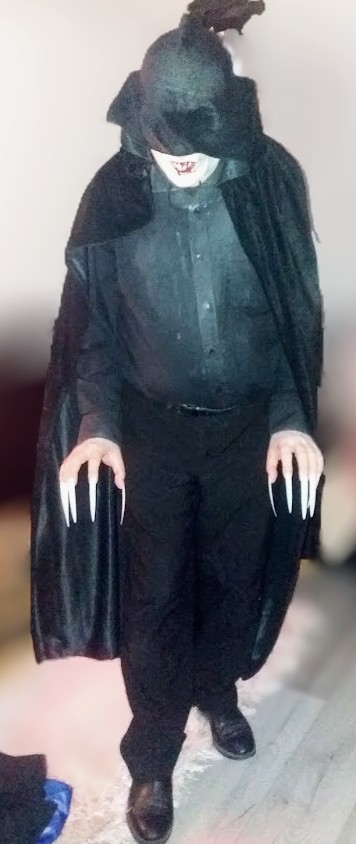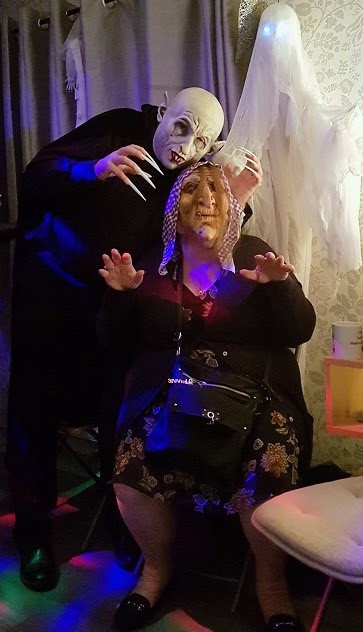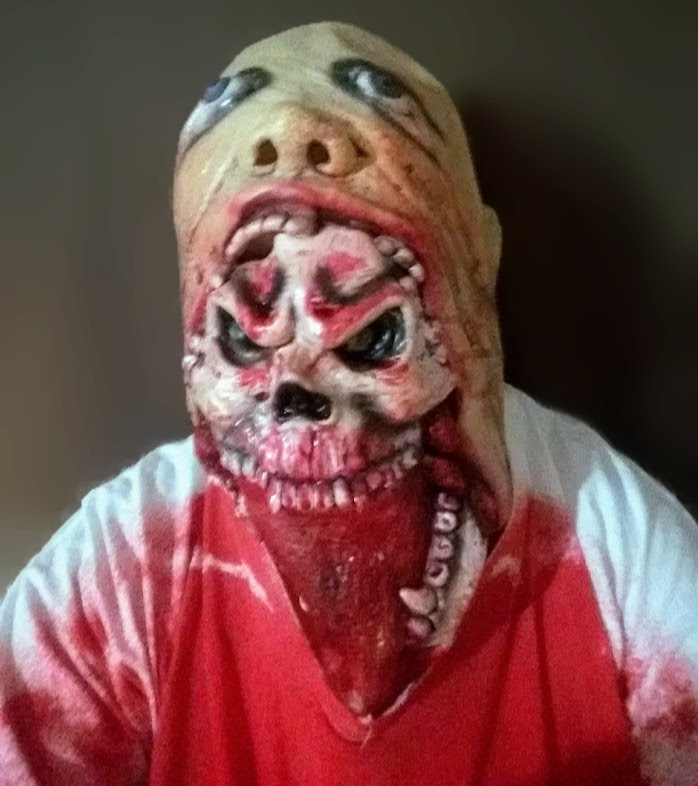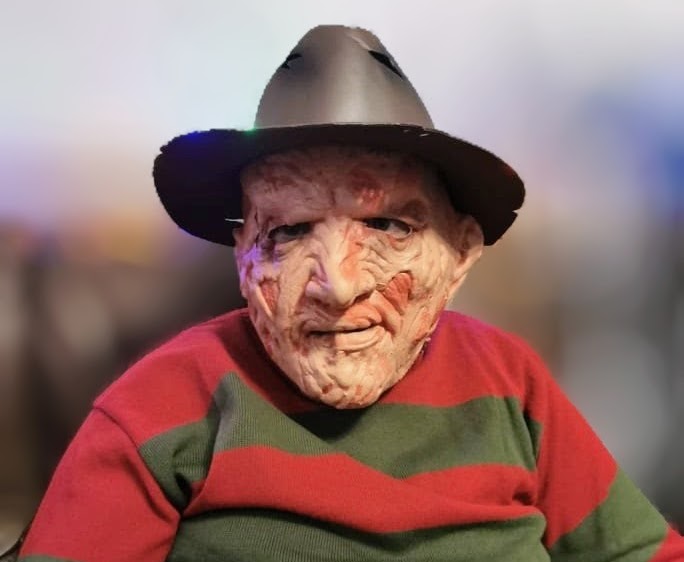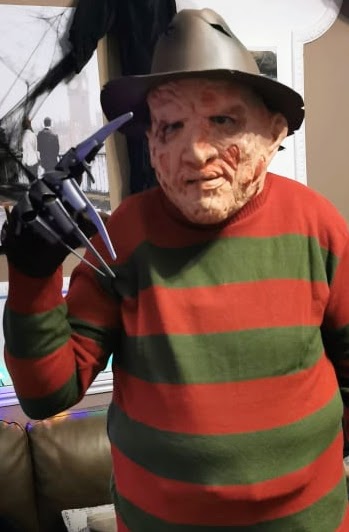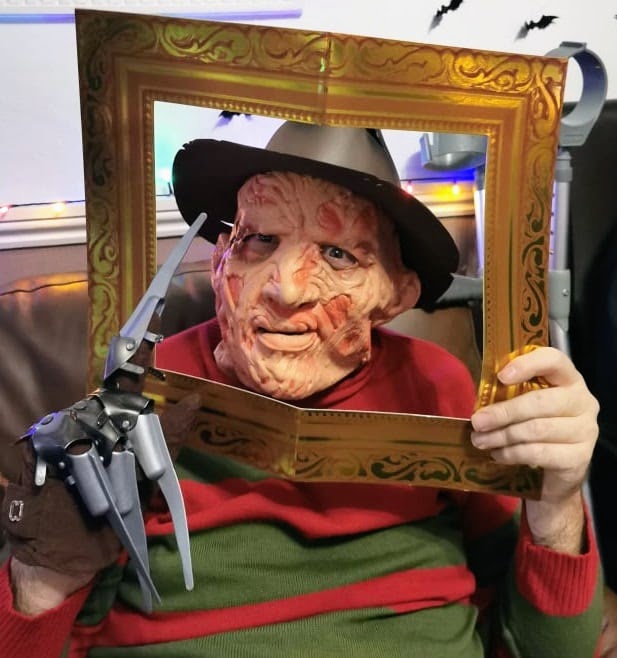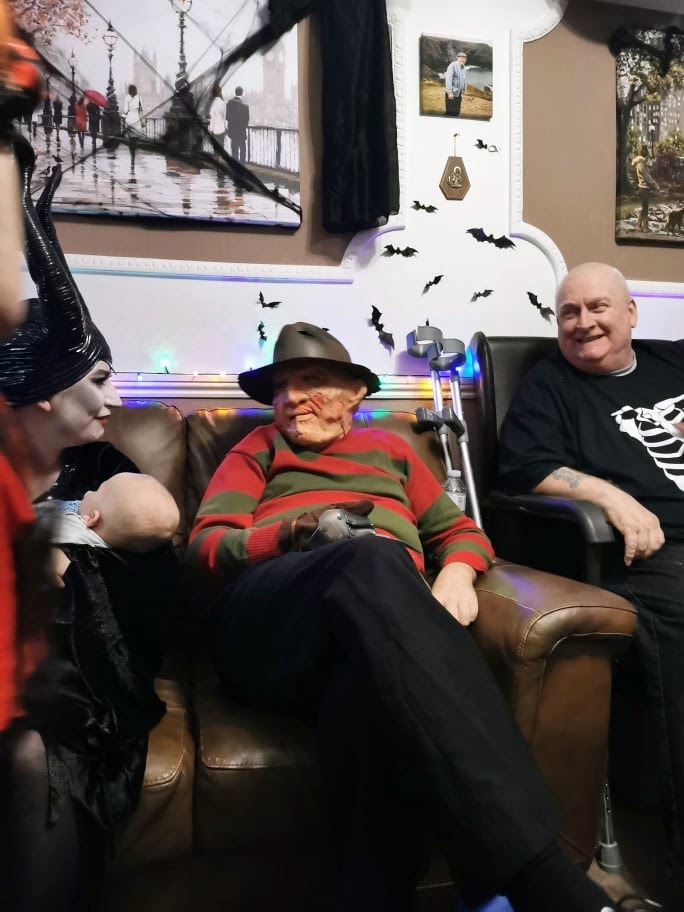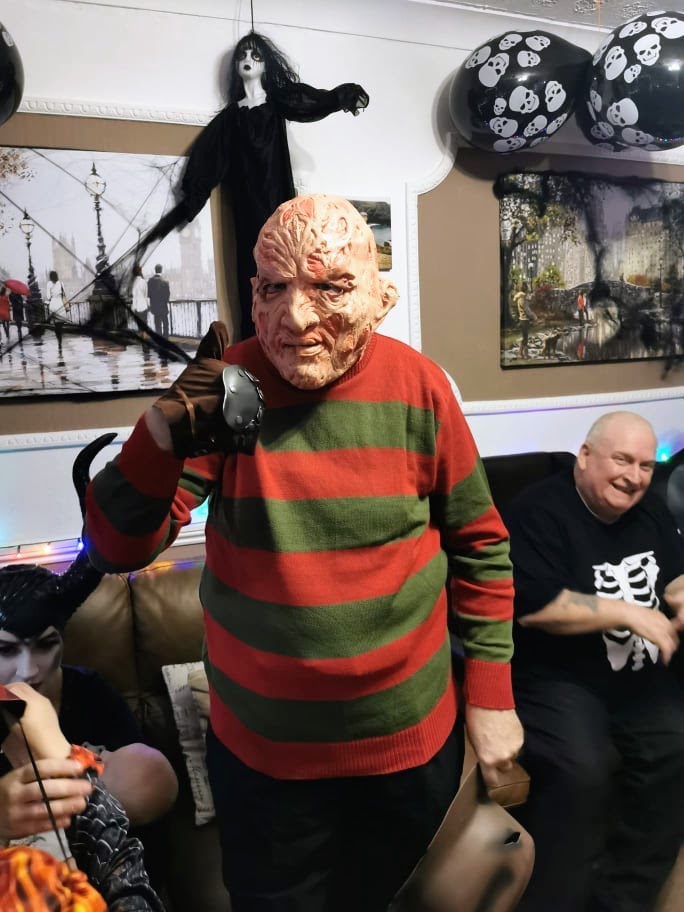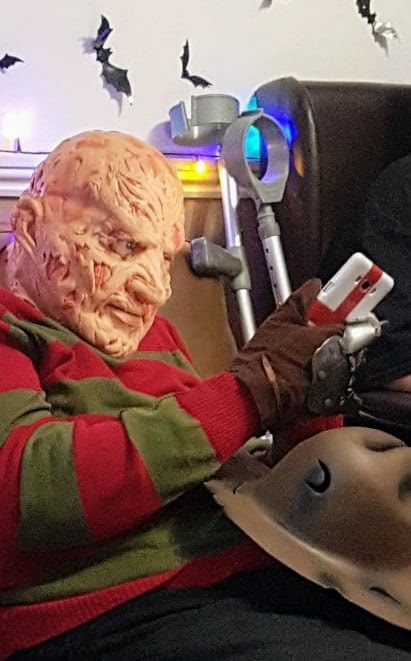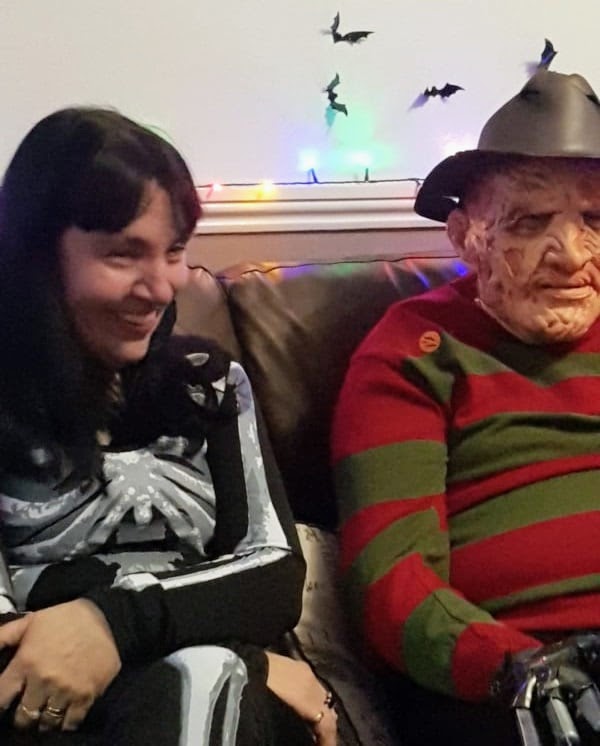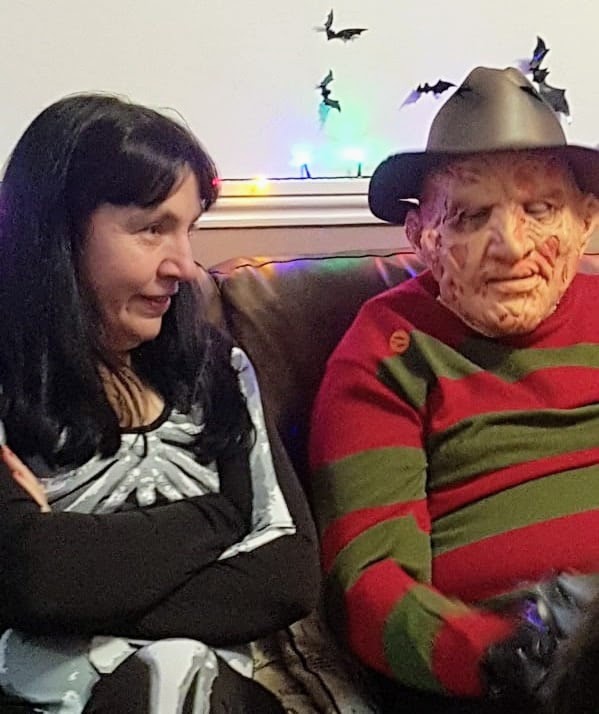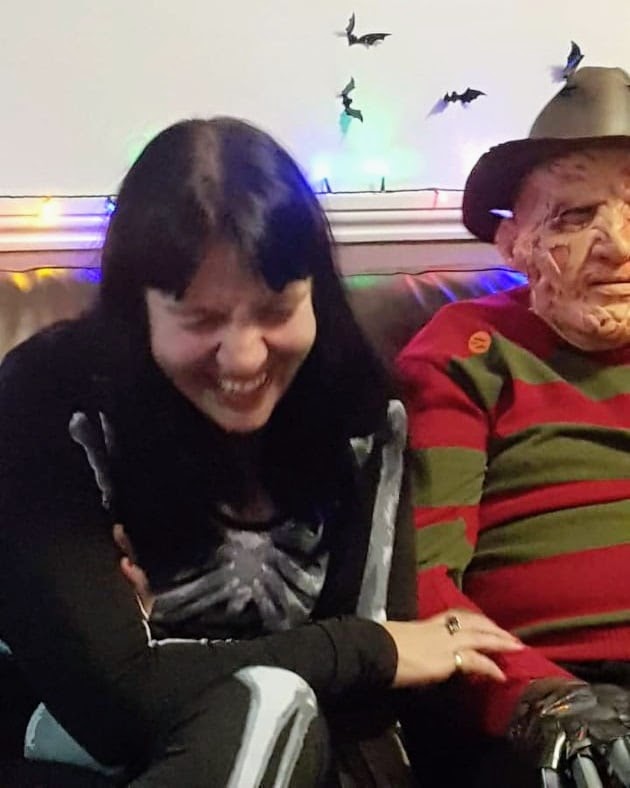
What is Freedom Of Speech and do we have it, especially here in England and the rest of the United Kingdom? The answer is yes, barely, but it is looking more likely as each year passes that it will disappear unless we STAND UP for our rights.
Whatever is thrown at us we SHOULD NOT be made to feel afraid and NEVER stop speaking out on what we believe is RIGHT as long as we cause no harm or hate towards anyone and DO NOT cause criminal damage. I am NOT a violent man and I DO NOT condone any of the things I have mentioned.
We are all entitled to our opinions and we can RESPECTABLY agree to disagree on them, but remember RESPECT GOES BOTH WAYS, and if your opinion drowns out mine and you have no respect for me or my opinions then you are opinionated and I have no room in my life for anyone like that.
If people are being silenced for their opinions because they don’t fit the narrative of whoever is giving theirs then it is WRONG.
This page explains what Freedom Of Speech is and, for me, to PEACEFULLY express how I feel about certain topics. Many will agree with me and many won’t but if my right to express myself is overruled or punished by others who clearly do not have peaceful intentions, and want to shut me up, and many like me, and jail us for our rightful opinions of something that isn’t just, then they become tyrannical oppressors.
I am a loving, peaceful man but I have a right to be angry about things I disagree with as long as I do so in a non-violent way. I have a right to protect my Kids and Grandkids and want a better, safer future for them without being labelled far right whilst certain people are protected by two-tier policing and are allowed to do things that are against the law. They are NOT punished for their actions and face no consequences. How is that fair?
I am tired of becoming a second-class citizen in my own country and something has to change for the better and it has to happen much sooner than later.
WRONG IS WRONG AND ENOUGH IS ENOUGH!
About Freedom Of Speech
Freedom of speech is a principle that supports the freedom of an individual or a community to articulate their opinions and ideas without fear of retaliation, censorship, or legal sanction. The right to freedom of expression has been recognised as a human right in the Universal Declaration of Human Rights and international human rights law by the United Nations. Many countries have constitutional law that protects free speech. Terms like free speech, freedom of speech, and freedom of expression are used interchangeably in political discourse. However, in a legal sense, freedom of expression includes any activity of seeking, receiving, and imparting information or ideas, regardless of the medium used.
Article 19 of the U.D.H.R. states that everyone shall have the right to hold opinions without interference and everyone shall have the right to freedom of expression. This right shall include freedom to seek, receive, and impart information and ideas of all kinds, regardless of frontiers, either orally, in writing or in print, in the form of art, or through any other media of his choice. The version of Article 19 in the I.C.C.P.R. later amends this by stating that the exercise of these rights carries special duties and responsibilities and may therefore be subject to certain restrictions when necessary for respect of the rights or reputation of others or the protection of national security or public order, or public health or morals.
Freedom of speech and expression, therefore, may not be recognised as being absolute, and common limitations or boundaries to freedom of speech relate to libel, slander, obscenity, pornography, sedition, incitement, fighting words, hate speech, classified information, copyright violation, trade secrets, food labelling, non-disclosure agreements, the right to privacy, dignity, the right to be forgotten, public security, blasphemy and perjury. Justifications for such include the harm principle, proposed by John Stuart Mill in On Liberty, which suggests that the only purpose for which power can be rightfully exercised over any member of a civilised community, against his will, is to prevent harm to others.
The idea of the offence principle is also used to justify speech limitations, describing the restriction on forms of expression deemed offensive to society, considering factors such as extent, duration, motives of the speaker, and ease with which it could be avoided. With the evolution of the digital age, the application of freedom of speech becomes more controversial as new means of communication and restrictions arise, for example, the Golden Shield Project, an initiative by the Chinese government’s Ministry of Public Security that filters potentially unfavourable data from foreign countries. Facebook routinely and automatically eliminates what it perceives as hate speech, even if such words are used ironically or poetically with no intent to insult others.
The Human Rights Measurement Initiative measures the right to opinion and expression for countries around the world, using a survey of in-country human rights experts.
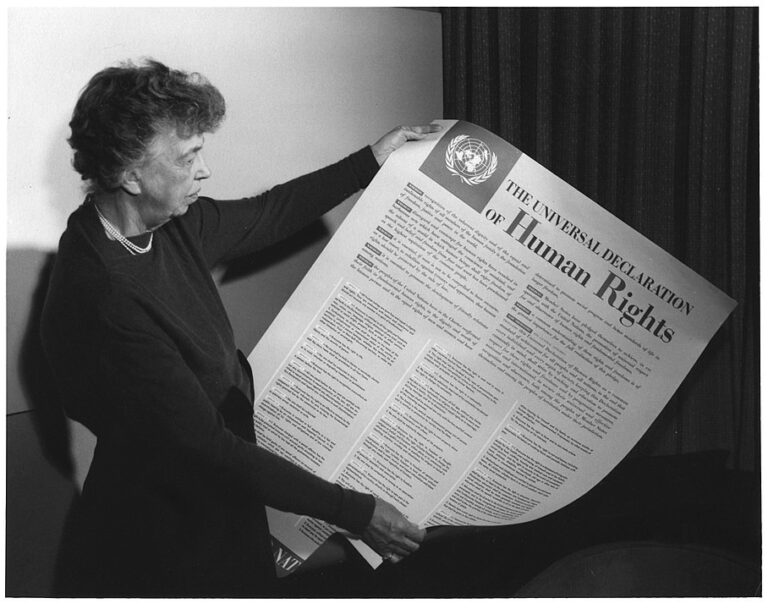
Eleanor Roosevelt and the Universal Declaration of Human Rights in 1949.
From the F.D.R. Presidential Library & Museum.

An Orator and Crowd at Speakers Corner, London in 1974.
Taken in Hyde Park.
The History Of Freedom Of Speech
Freedom of speech and expression has a long history that predates modern international human rights instruments. It is thought that the ancient Athenian democratic principle of free speech may have emerged in the late 6th or early 5th century B.C.
Freedom of speech was vindicated by Erasmus and Milton. Edward Coke claimed freedom of speech as an ancient custom of Parliament in the 1590’s, and it was affirmed in the Protestation of 1621. Restating what is written in the English Declaration of Rights, 1689, England’s Bill of Rights 1689 legally established the constitutional right of freedom of speech in Parliament, which is still in effect. This so-called parliamentary privilege includes no possible defamation claims meaning Parliamentarians are free to speak up in the House without fear of legal action. This protection extends to written proceedings, for example, written and oral questions, motions and amendments tabled to bills and motions.
One of the world’s first freedom of the press acts was introduced in Sweden in 1766 (Swedish Freedom of the Press Act), mainly due to the classical liberal member of parliament and Ostrobothnian priest Anders Chydenius. In a report published in 1776, he wrote:
“No evidence should be needed that a certain freedom of writing and printing is one of the strongest bulwarks of a free organisation of the state, as, without it, the estates would not have sufficient information for the drafting of good laws, and those dispensing justice would not be monitored, nor would the subjects know the requirements of the law, the limits of the rights of government, and their responsibilities. Education and ethical conduct would be crushed. Coarseness in thought, speech, and manners would prevail, and dimness would darken the entire sky of our freedom in a few years.”
Under the leadership of Anders Chydenius, the Caps at the Swedish Riksdag in Gavle on the 2nd of December, 1766, the adoption of a freedom of the press regulation that stopped censorship and introduced the principle of public access to official records in Sweden was passed. Excluded were defamation of the king’s majesty and the Swedish Church.
The Declaration of the Rights of Man and of the Citizen, adopted during the French Revolution in 1789, specifically affirmed freedom of speech as an inalienable right. Adopted in 1791, freedom of speech is a feature of the First Amendment to the United States Constitution. The French Declaration provides for freedom of expression in Article 11, which states that:
“The free communication of ideas and opinions is one of the most precious of the rights of man. Every citizen may, accordingly, speak, write, and print with freedom, but shall be responsible for such abuses of this freedom as shall be defined by law.“
Article 19 of the Universal Declaration of Human Rights, adopted in 1948, states that:
“Everyone has the right to freedom of opinion and expression. This right includes the freedom to hold opinions without interference and to seek, receive and impart information and ideas through any media regardless of frontiers.“
Today, freedom of speech, or the freedom of expression, is recognised in international and regional human rights law. The right is enshrined in Article 19 of the International Covenant on Civil and Political Rights, Article 10 of the European Convention on Human Rights, Article 13 of the American Convention on Human Rights and Article 9 of the African Charter on Human and Peoples’ Rights. Based on John Milton’s arguments, freedom of speech is understood as a multi-faceted right that includes not only the right to express, or disseminate, information and ideas but three further distinct aspects, which are, the right to seek information and ideas, the right to receive information and ideas and the right to impart information and ideas.
International, regional and national standards also recognise that freedom of speech, as the freedom of expression, includes any medium, whether orally, in writing, in print, through the internet or in art forms. This means that the protection of freedom of speech as a right includes the content and the means of expression.
Relationship To Other Rights
The right to freedom of speech and expression is closely related to other rights. It may be limited when conflicting with other rights (see limitations on freedom of speech below). The right to freedom of expression is also related to the right to a fair trial and court proceeding which may limit access to the search for information, or determine the opportunity and means in which freedom of expression is manifested within court proceedings. As a general principle freedom of expression may not limit the right to privacy, as well as the honour and reputation of others. However, greater latitude is given when criticism of public figures is involved.
The right to freedom of expression is particularly important for media, which play a special role as the bearer of the general right to freedom of expression for all. However, freedom of the press does not necessarily enable freedom of speech. Judith Lichtenberg has outlined conditions in which freedom of the press may constrain freedom of speech. For example, if all the people who control the various mediums of publication suppress information or stifle the diversity of voices inherent in freedom of speech. This limitation was famously summarised by the New Yorker on the 14th of May, 1960, as freedom of the press is guaranteed only to those who own one. Lichtenberg argues that freedom of the press is simply a form of property right summed up by the principle of no money, no voice.
As A Negative Right
Freedom of speech is usually seen as a negative right. This means that the government is legally obliged to take no action against the speaker based on the speaker’s views, but that no one is obliged to help any speakers publish their views, and no one is required to listen to, agree with, or acknowledge the speaker or the speaker’s views. These concepts correspond to earlier traditions of natural law and common law rights.
Democracy In Relation To Social Interaction
Freedom of speech is understood to be fundamental in a democracy. The norms on limiting freedom of expression mean that public debate may not be completely suppressed even in times of emergency. One of the most notable proponents of the link between freedom of speech and democracy is Alexander Meiklejohn. He has argued that the concept of democracy is that of self-government by the people. For such a system to work, an informed electorate is necessary. To be appropriately knowledgeable, there must be no constraints on the free flow of information and ideas. According to Meiklejohn, democracy will not be true to its essential ideal if those in power can manipulate the electorate by withholding information and stifling criticism. Meiklejohn acknowledges that the desire to manipulate opinion can stem from the motive of seeking to benefit society. However, he argues, choosing manipulation negates, in its means, the democratic ideal.
Eric Barendt has called this defence of free speech on the grounds of democracy probably the most attractive and certainly the most fashionable free speech theory in modern Western democracies. Thomas I. Emerson expanded on this defence when he argued that freedom of speech helps to provide a balance between stability and change. Freedom of speech acts as a safety valve to let off steam when people might otherwise be bent on revolution. He argues that the principle of open discussion is a method of achieving a more adaptable and at the same time more stable community, of maintaining the precarious balance between healthy cleavage and necessary consensus. Emerson furthermore maintains that opposition serves a vital social function in offsetting or ameliorating the normal process of bureaucratic decay.
Research undertaken by the Worldwide Governance Indicators project at the World Bank indicates that freedom of speech, and the process of accountability that follows it, have a significant impact on the quality of governance of a country. Voice and Accountability within a country, defined as the extent to which a country’s citizens can participate in selecting their government, as well as freedom of expression, freedom of association, and free media is one of the six dimensions of governance that the Worldwide Governance Indicators measure for more than 200 countries. Against this backdrop, development agencies must create grounds for effective support for a free press in developing countries.
Richard Moon has developed the argument that the value of freedom of speech and freedom of expression lies in social interactions. Moon said that by communicating an individual forms relationships and associations with others such as family, friends, co-workers, church congregation, and countrymen. By entering into discussion with others an individual participates in the development of knowledge and the direction of the community.
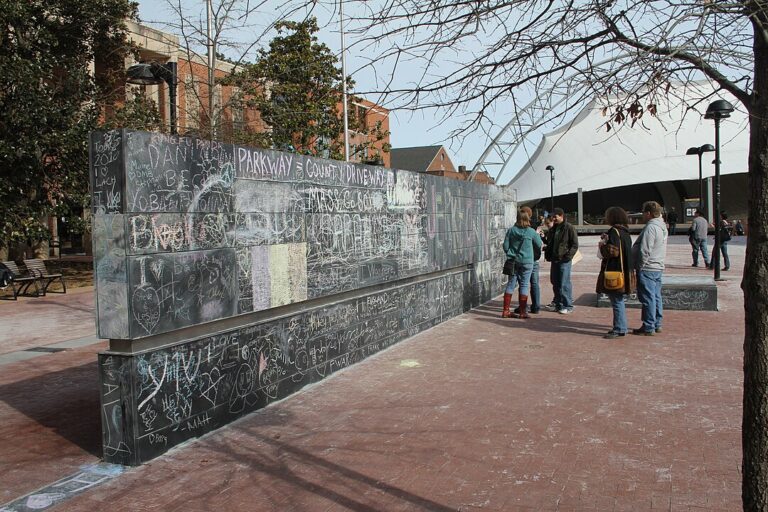
The permanent Free Speech Wall In Charlottesville, Virginia, U.S.A.
Limitations Of Freedom Of Speech
Freedom of speech is not regarded as absolute by some, with most legal systems generally setting limits on the freedom of speech, particularly when freedom of speech conflicts with other rights and protections, such as in the cases of libel, slander, pornography, obscenity, fighting words, and intellectual property.
In fact, during the transition period between freedom of speech and media ethics, the yellow media prevailed in the United States, and the media in the past focused on how stimulating and interesting people rather than facts. As a result, there were articles in the media that were at odds with other rights, such as defamation, slander, and pornography, and minimum censorship and media ethics were needed to prevent them.
Some limitations to freedom of speech may occur through legal sanction, and others may occur through social disapprobation. In Saudi Arabia, journalists are forbidden to write with disrespect or disapproval of the royal family, religion, or the government. Journalists are also not given any legal protection for their writing in Saudi Arabia. Journalist Jamal Khashoggi was a critic of the Saudi Arabian government. He was killed in 2018 by Saudi Arabian officials for his writing.

2022 Holocaust Denial Laws.
The Holocaust denial laws globally in 2022 above show red being illegal, pink in the process of being illegal. It was pdated to make Canada red.
Content Viewed As Harmful And Offensive
Some views are illegal to express because they are perceived by some to be harmful to others. This category often includes speech that is both false and potentially dangerous, for example, such as falsely shouting “Fire!” in a theatre and causing panic. Justifications for limitations to freedom of speech often reference the harm principle or the offence principle.
In On Liberty (1859), John Stuart Mill argued that there ought to exist the fullest liberty of professing and discussing, as a matter of ethical conviction, any doctrine, however immoral it may be considered. Mill argues that the fullest liberty of expression is required to push arguments to their logical limits, rather than the limits of social embarrassment.
In 1985, Joel Feinberg introduced what is known as the offence principle. Feinberg said it is always a good reason in support of a proposed criminal prohibition that it would probably be an effective way of preventing serious offence (as opposed to injury or harm) to persons other than the actor, and that it is probably a necessary means to that end. Hence Feinberg argues that the harm principle sets the bar too high and that some forms of expression can be legitimately prohibited by law because they are very offensive. Nevertheless, as offending someone is less serious than harming someone, the penalties imposed should be higher for causing harm. In contrast, Mill does not support legal penalties unless they are based on the harm principle. Because the degree to which people may take offence varies or may be the result of unjustified prejudice, Feinberg suggests that several factors need to be taken into account when applying the offence principle, including the extent, duration and social value of the speech, the ease with which it can be avoided, the motives of the speaker, the number of people offended, the intensity of the offence, and the general interest of the community at large.
Jasper Doomen argued that harm should be defined from the point of view of the individual citizen, not limiting harm to physical harm since nonphysical harm may also be involved. Feinberg’s distinction between harm and offence is criticised as largely trivial.
In 1999, Bernard Harcourt wrote about the collapse of the harm principle by saying, “Today the debate is characterised by a cacophony of competing harm arguments without any way to resolve them. There is no longer an argument within the structure of the debate to resolve the competing claims of harm. The original harm principle was never equipped to determine the relative importance of harms”.
Interpretations of both the harm and offence limitations to freedom of speech are culturally and politically relative. Many European countries outlaw speech that might be interpreted as Holocaust denial. These include Austria, Belgium, Canada, the Czech Republic, France, Germany, Hungary, Israel, Liechtenstein, Lithuania, Luxembourg, the Netherlands, Poland, Portugal, Russia, Slovakia, Switzerland and Romania. Armenian genocide denial is also illegal in some countries.
Certain public institutions may also enact policies restricting the freedom of speech, for example, speech codes at state-operated schools.
In the U.S., the standing landmark opinion on political speech is Brandenburg Ohio (1969), expressly overruling Whitney v California. In Brandenburg, the U.S. Supreme Court referred to the right even to speak openly of violent action and revolution in broad terms:
“Our decisions have fashioned the principle that the constitutional guarantees of free speech and free press do not allow a State to forbid or proscribe advocacy of the use of force or law violation except where such advocacy is directed to inciting or producing imminent lawless action and is likely to incite or cause such action.“
The opinion in Brandenburg discarded the previous test of clear and present danger and made the right to freedom of (political) speech protections in the United States almost absolute. Hate speech is also protected by the First Amendment in the United States, as decided in R.A.V. v. City of St. Paul, (1992) in which the Supreme Court ruled that hate speech is permissible, except in the case of imminent violence. The First Amendment to the United States Constitution gives more detailed information on this decision and its historical background.
Time, Place And Manner
Read more here.
Limitations based on time, place, and manner apply to all speech, regardless of the view expressed. They are generally restrictions that are intended to balance other rights or a legitimate government interest. For example, a time, place, and manner restriction might prohibit a noisy political demonstration at a politician’s home during the middle of the night, as that impinges upon the rights of the politician’s neighbours to quiet enjoyment of their own homes. An otherwise identical activity might be permitted if it happened at a different time (e.g., during the day), at a different place (e.g., at a government building or in another public forum), or in a different manner (e.g., a silent protest). Funeral Protests are a complex issue in the United States. It is the right of Americans to be able to hold a peaceful protest against various policies they deem unreasonable. It is a question of whether or not it is appropriate through the time, place and manner outlook to protest funeral proceedings. Because of recent flare-ups of this occurring, legislation has been put into action to limit this. Now, funeral protests are governed and prohibited by law on a state-to-state basis inside the United States.
The Internet And Information Society
Jo Glanville, editor of the Index on Censorship, states that the Internet has been a revolution for censorship as much as for free speech. International, national and regional standards recognise that freedom of speech, as one form of freedom of expression, applies to any medium, including the Internet. The Communications Decency Act (C.D.A.) of 1996 was the first major attempt by the United States Congress to regulate pornographic material on the Internet. In 1997, in the landmark cyberlaw case of Reno v. ACLU, the U.S. Supreme Court partially overturned the law. Judge Stewart R. Dalzell, one of the three federal judges who in June 1996 declared parts of the C.D.A. unconstitutional, in his opinion stated the following:
“The Internet is a far more speech-enhancing medium than print, the village green, or the mails. Because it would necessarily affect the Internet itself, the C.D.A. would necessarily reduce the speech available for adults on the medium. This is a constitutionally intolerable result. Some of the dialogue on the Internet surely tests the limits of conventional discourse. Speech on the Internet can be unfiltered, unpolished, and unconventional, even emotionally charged, sexually explicit, and vulgar, in a word, indecent in many communities. But we should expect such speech to occur in a medium in which citizens from all walks of life have a voice. We should also protect the autonomy that such a medium confers to ordinary people as well as media magnates. My analysis does not deprive the Government of all means of protecting children from the dangers of Internet communication. The Government can continue to protect children from pornography on the Internet through vigorous enforcement of existing laws criminalising obscenity and child pornography. As we learned at the hearing, there is also a compelling need for public educations about the benefits and dangers of this new medium, and the Government can fill that role as well. In my view, our action today should only mean that Government’s permissible supervision of Internet contents stops at the traditional line of unprotected speech. The absence of governmental regulation of Internet content has unquestionably produced a kind of chaos, but as one of the plaintiff’s experts put it with such resonance at the hearing: “What achieved success was the very chaos that the Internet is. The strength of the Internet is chaos.” Just as the strength of the Internet is chaos, so that strength of our liberty depends upon the chaos and cacophony of the unfettered speech the First Amendment protects.”
The World Summit on the Information Society (W.S.I.S.) Declaration of Principles adopted in 2003 makes specific reference to the importance of the right to freedom of expression for the Information Society in stating:
We reaffirm, as an essential foundation of the Information society, and as outlined in Article 19 of the Universal Declaration of Human Rights, that everyone has the right to freedom of opinion and expression, that this right includes freedom to hold opinions without interference and to seek, receive and impart information and ideas through any media and regardless of frontiers. Communication is a fundamental social process, a basic human need and the foundation of all social organisation. It is central to the Information Society. Everyone, everywhere should have the opportunity to participate and no one should be excluded from the benefits of the Information Society offers.”
According to Bernt Hugenholtz and Lucie Guibault, the public domain is under pressure from the commodification of information as information with previously little or no economic value has acquired independent economic value in the information age. This includes factual data, personal data, genetic information and pure ideas. The commodification of information is taking place through intellectual property law, contract law, as well as broadcasting and telecommunications law.

The Free Speech Flag.
“Our government has become increasingly willing to sacrifice the rights of its citizens at the altar of corporate greed. As ridiculous as it sounds, even numbers have become “intellectual property” that corporations can claim ownership of. We here at Badmouth think that idea stinks. We want to start a movement, a movement to reclaim personal liberties and decorporatise the laws of our nation. To that end we have made a flag, a symbol to show support for personal freedoms. Spread it as far and wide as you can. We give this flag away freely, and also give away the rights for people to make similar, derivative works. The colors of the flag are (in hex code format): #09F911 #029D74 #E35BD8 #4156C5 #635688. The letters “C0” are added to signify that simply publishing a number is “Crime Zero”. Spread the word.” – Creator John Marcotte.
Freedom Of Information
Read more here.
Freedom of information is an extension of freedom of speech where the medium of expression is the Internet. Freedom of information may also refer to the right to privacy in the context of the Internet and information technology. As with the right to freedom of expression, the right to privacy is a recognised human right and freedom of information acts as an extension to this right. Freedom of information may also concern censorship in an information technology context, i.e., the ability to access Web content, without censorship or restrictions.
Freedom of information is also explicitly protected by acts such as the Freedom of Information and Protection of Privacy Act of Ontario, in Canada. The Access to Information Act gives Canadian citizens, permanent residents, and any person or corporation present in Canada a right to access records of government institutions that are subject to the Act.
Internet Censorship
The concept of freedom of information has emerged in response to state-sponsored censorship, monitoring and surveillance of the internet. Internet censorship includes the control or suppression of the publishing or accessing of information on the Internet. The Global Internet Freedom Consortium claims to remove blocks to the free flow of information for what they term closed societies. According to Reporters without Borders (R.W.B), mainland China, Cuba, Iran, Myanmar/Burma, North Korea, Saudi Arabia, Syria, Turkmenistan, Uzbekistan, and Vietnam engage in pervasive internet censorship.
A widely publicised example of internet censorship is the Great Firewall of China (in reference both to its role as a network firewall and the ancient Great Wall of China). The system blocks content by preventing I.P. addresses from being routed through and consists of standard firewall and proxy servers at the internet gateways. The system also selectively engages in D.N.S. poisoning when particular sites are requested. The government does not appear to be systematically examining Internet content, as this appears to be technically impractical. Internet censorship in the People’s Republic of China is conducted under a wide variety of laws and administrative regulations, including more than sixty regulations directed at the Internet. Censorship systems are vigorously implemented by provincial branches of state-owned I.S.P’s, business companies, and organisations.
Saudi Arabia’s government had been intensifying the scrutiny of social media accounts, under which they were detaining several activists, critics and even normal social media users over a few critical tweets. A law professor, Awad Al-Qarni became a victim of Saudi’s internet censorship and was facing a death sentence. Saudi-controlled media portrayed him as a dangerous preacher due to his X and WhatsApp posts, but dissidents considered him an important intellectual who maintained strong social media influence.
Relationship With Disinformation
Read more here.
Some legal scholars (such as Tim Wu of Columbia University) have argued that the traditional issues of free speech, the main threat to free speech, is the censorship of suppressive states, and that ill-informed or malevolent speech can and should be overcome by more and better speech rather than censorship assumes scarcity of information. This scarcity prevailed during the 20th century, but with the arrival of the internet, information became plentiful but the attention of listeners was scarce. Furthermore, in the words of Wu, this cheap speech made possible by the internet may be used to attack, harass, and silence as much as it is used to illuminate or debate. The Electronic Frontier Foundation (E.F.F.) has argued that censorship cannot be the only answer to disinformation online and that tech companies have a history of overcorrecting and censoring accurate, useful speech or even worse, reinforcing misinformation with their policies.
According to Wu, in the 21st century, the danger is not suppressive states that target speakers directly, but that targets listeners or it undermines speakers indirectly. More precisely, emerging techniques of speech control depend on (1) a range of new punishments, like unleashing troll armies to abuse the press and other critics, and (2) flooding tactics (sometimes called reverse censorship) that distort or drown out disfavored speech through the creation and dissemination of fake news, the payment of fake commentators, and the deployment of propaganda robots.
As journalist Peter Pomerantsev writes, these techniques employ information in weaponised terms, as a tool to confuse, blackmail, demoralise, subvert and paralyse.
History Of Dissent And Truth
The examples and perspectives below deal primarily with Western culture and do not represent a worldwide view of the subject.
Before the invention of the printing press, a written work, once created, could only be physically multiplied by highly laborious and error-prone manual copying. No elaborate system of censorship and control over scribes existed, who until the 14th century were restricted to religious institutions, and their works rarely caused wider controversy. In response to the printing press, and the theological heresies it allowed to spread, the Roman Catholic Church moved to impose censorship. Printing allowed for multiple exact copies of a work, leading to a more rapid and widespread circulation of ideas and information. The origins of copyright law in most European countries lie in efforts by the Roman Catholic Church and governments to regulate and control the output of printers.
In 1501, Pope Alexander VI issued a Bill against the unlicensed printing of books. In 1559, Pope Paul IV promulgated the Index Expurgatorius, or List of Prohibited Books. The Index Expurgatorius is the most famous and long-lasting example of bad books catalogues issued by the Roman Catholic Church, which presumed to be in authority over private thoughts and opinions, and suppressed views that went against its doctrines. The Index Expurgatorius was administered by the Roman Inquisition, but enforced by local government authorities, and went through 300 editions. Amongst others, it banned or censored books written by René Descartes, Giordano Bruno, Galileo Galilei, David Hume, John Locke, Daniel Defoe, Jean-Jacques Rousseau and Voltaire. While governments and the church encouraged printing in many ways because it allowed for the dissemination of Bibles and government information, works of dissent and criticism could also circulate rapidly. Consequently, governments established controls over printers across Europe, requiring them to have official licenses to trade and produce books.
The notion that the expression of dissent or subversive views should be tolerated, not censured or punished by law, developed alongside the rise of printing and the press. Areopagitica, published in 1644, was John Milton’s response to the Parliament of England’s re-introduction of government licensing of printers, hence publishers. Church authorities had previously ensured that Milton’s essay on the right to divorce was refused a license for publication. In Areopagitica, published without a license, Milton made an impassioned plea for freedom of expression and toleration of falsehood, stating:
“Give me the liberty to know, to utter, and to argue freely according to conscience, above all liberties.“
Milton’s defence of freedom of expression was grounded in a Protestant worldview. He thought that the English people had the mission to work out the truth of the Reformation, which would lead to the enlightenment of all people. Nevertheless, Milton also articulated the main strands of future discussions about freedom of expression. By defining the scope of freedom of expression and harmful speech, Milton argued against the principle of pre-censorship and in favour of tolerance for a wide range of views. Freedom of the press ceased being regulated in England in 1695 when the Licensing Order of 1643 was allowed to expire after the introduction of the Bill of Rights in 1689 shortly after the Glorious Revolution. The emergence of publications like the Tatler (1709) and the Spectator (1711) are credited for creating a bourgeois public sphere in England that allowed for a free exchange of ideas and information.
More governments attempted to centralise control as the menace of printing spread. The French crown repressed printing and the printer Etienne Dolet was burned at the stake in 1546. In 1557 the British Crown thought to stem the flow of seditious and heretical books by chartering the Stationers’ Company. The right to print was limited to the members of that guild and was restricted to two universities and the 21 existing printers in the city of London, which had 53 printing presses. As the British crown took control of type founding in 1637, printers fled to the Netherlands. Confrontation with authority made printers radical and rebellious, with 800 authors, printers, and book dealers being incarcerated in the Bastille in Paris before it was stormed in 1789.
A succession of English thinkers was at the forefront of early discussion on the right to freedom of expression, among them John Milton (1608 – 74) and John Locke (1632 – 1704). Locke established the individual as the unit of value and the bearer of rights to life, liberty, property and the pursuit of happiness. However, Locke’s ideas evolved primarily around the concept of the right to seek salvation for one’s soul. He was thus primarily concerned with theological matters. Locke neither supported a universal toleration of peoples nor freedom of speech, according to his ideas some groups, such as atheists, should not be allowed.
By the second half of the 17th century philosophers on the European continent like Baruch Spinoza and Pierre Bayle developed ideas encompassing a more universal aspect of freedom of speech and toleration than the early English philosophers. By the 18th century, the idea of freedom of speech was being discussed by thinkers all over the Western world, especially by French philosophes like Denis Diderot, Baron d’Holbach and Claude Adrien Helvetius. The idea began to be incorporated in political theory both in theory as well as practice, the first state edict in history proclaiming complete freedom of speech was the one issued on the 4th of December, 1770 in Denmark-Norway during the regency of Johann Friedrich Struensee. However Struensee himself imposed some minor limitations to this edict on the 7th of October, 1771, and it was even further limited after the fall of Struensee with legislation introduced in 1773, although censorship was not reintroduced.
John Stuart Mill (1806 – 1873) argued that without human freedom, there could be no progress in science, law, or politics, which according to Mill, required free discussion of opinion. Mill’s On Liberty, published in 1859, became a classic defence of the right to freedom of expression. Mill argued that truth drives out falsity, therefore the free expression of ideas, true or false, should not be feared. Truth is not stable or fixed but evolves with time. Mill argued that much of what we once considered true has turned out false. Therefore, views should not be prohibited for their apparent falsity. Mill also argued that free discussion is necessary to prevent the deep slumber of a decided opinion. Discussion would drive the march of truth, and by considering false views, the basis of true views could be re-affirmed. Furthermore, Mill argued that an opinion only carries intrinsic value to the owner of that opinion, thus silencing the expression of that opinion is an injustice to a basic human right. It is generally held that for Mill, the only instance in which speech can be justifiably suppressed is to prevent harm from a clear and direct threat. Neither economic or moral implications nor the speaker’s well-being would justify suppression of speech. However Mill in On Liberty suggests the speech of pimps (instigating clients and sex workers to have sex) should be restricted. This suggests he may be willing to restrict some speech that, while not harming others, undermines their decisional autonomy.
In her 1906 biography of Voltaire, Evelyn Beatrice Hall coined the following sentence to illustrate Voltaire’s beliefs:
“I disapprove of what you say, but I will defend to the death your right to say it”.
Hall’s quote is frequently cited to describe the principle of freedom of speech. Noam Chomsky stated:
“If you believe in freedom of speech, you believe in freedom of speech for views you don’t like. Dictators such as Stalin and Hitler, were in favour of freedom of speech for views they liked only. If you’re in favour of freedom of speech, that means you’re in favour of freedom of speech precisely for views you despise”.
Lee Bollinger argues that the free speech principle involves a special act of carving out one area of social interaction for extraordinary self-restraint, the purpose of which is to develop and demonstrate a social capacity to control feelings evoked by a host of social encounters. Bollinger argues that tolerance is a desirable value, if not essential. However, critics argue that society should be concerned by those who directly deny or advocate, for example, genocide (see limitations of freedom of speech above).
As chairman of the London-based P.E.N. International, a club which defends freedom of expression and a free press, English author H. G. Wells met with Stalin in 1934 and was hopeful of reform in the Soviet Union. However, during their meeting in Moscow, Wells said:
“The free expression of opinion, even of opposition opinion, I do not know if you are prepared yet for that much freedom here”.
The 1928 novel Lady Chatterley’s Lover by D. H. Lawrence was banned for obscenity in several countries, including the United Kingdom, the United States, Australia, Canada, and India. In the late 1950’s and early 1960’s, it was the subject of landmark court rulings that saw the ban on obscenity overturned. Dominic Sandbrook of The Telegraph in the U.K. wrote:
“Now that public obscenity has become commonplace, it is hard to recapture the atmosphere of a society that saw fit to ban books such as Lady Chatterley’s Lover because it was likely to deprave and corrupt its readers”.
Fred Kaplan of The New York Times stated the overturning of the obscenity laws set off an explosion of free speech in the U.S. The 1960’s also saw the Free Speech Movement, a massive long-lasting student protest on the campus of the University of California, Berkeley, during the 1964 – 65 academic year.
In contrast to Anglophone nations, France was a haven for literary freedom. The innate French regard for the mind meant that France was disinclined to punish literary figures for their writing, and prosecutions were rare. While it was prohibited everywhere else, James Joyce’s Ulysses was published in Paris in 1922. Henry Miller’s 1934 novel Tropic of Cancer (banned in the U.S. until 1963) and Lawrence’s Lady Chatterley’s Lover were published in France decades before they were available in the respective authors’ home countries.
In 1964 comedian Lenny Bruce was arrested in the U.S. due to complaints again about his use of various obscenities. A three-judge panel presided over his widely publicised six-month trial. He was found guilty of obscenity in November 1964. He was sentenced on the 21st of December, 1964, to four months in a workhouse. He was set free on bail during the appeals process and died before the appeal was decided. On the 23rd of December, 2003, thirty-seven years after Bruce’s death, New York Governor George Pataki granted him a posthumous pardon for his obscenity conviction.
In the United States, the right to freedom of expression has been interpreted to include the right to take and publish photographs of strangers in public areas without their permission or knowledge. This is not the case worldwide.

List Of Prohibited Books By Unknown (1564).
The Index Librorum Prohibitorum (List of Prohibited Books) is a list of publications which the Catholic Church censored for being a danger to itself and its members. It was first printed in 1564 in Venice, Italy.

Panegyricae Orationes Septem By Henric Van Cuyck (1596).
The Panegyricae Orationes Septem is by Henric Van Cuyck, the Bishop of Roermond (1546 – 1609).
First printed in 1596, it is a collection of seven essays by Van Cuyck in the Netherlands, including one defending the need for censorship of the press. He praised the essential role of writing within the history of Christian learning, but argued that the invention of printing by Johannes Gutenberg had resulted in a world infected by pernicious lies.
Van Cuyck particularly singles out the writings of Martin Luther and Jean Calvin, the Talmud, and the Koran, as well as Erasmus of Rotterdam. He also lamented that prohibited books were what printers and booksellers profited from most.
Offences
Read more here.
In some countries, people are not allowed to talk about certain things such as Lese-majeste which is an offence against the dignity of a reigning sovereign or a state. Doing so constitutes an offence. For example, Saudi Arabia was responsible for executing journalist Jamal Khashoggi in 2018. As he entered the Saudi embassy in Turkey, a team of Saudi assassins killed him. Another Saudi writer, Raif Badawi, was arrested in 2012 and lashed.
On the 4th of March, 2022, Russian President Vladimir Putin signed into law a bill introducing prison sentences of up to 15 years for spreading fake news about Russia’s military operation in Ukraine. As of December 2022, more than 4,000 Russians were prosecuted under fake news laws. The 1993 Russian Constitution expressly prohibits censorship in Article 29 of Chapter 2, Rights and Liberties of Man and Citizen.
See Also
The above articles were taken from Wikipedia and are subject to change.
Blog Posts
Notes And Links
Wake Up on Facebook – The image shown at the top of this page is the copyright unknown via Wake Up’s page on Facebook.
The image above of Eleanor Roosevelt And The Universal Declaration Of Human Rights In 1949 is copyright of unknown and comes via Wikipedia. It comes with a Creative Commons licence (CC BY 2.0).
The image above of An Orator And Crowd At Speakers Corner, London In 1974 was the copyright of Wikipedia user BeenAroundAWhile. It comes with a Creative Commons licence (CC BY-SA 3.0).
The image above of The Permanent Free Speech Wall In Charlottesville, Virginia, U.S.A. is the copyright of Wikipedia user Daniel Rothamel. It comes with a Creative Commons licence (CC BY 2.0). You can find more great work from him by clicking here.
The image above of 2022 Holocaust Denial Laws is the copyright of Wikipedia user Beyond My Ken. It comes with a Creative Commons licence (CC BY-SA 4.0).
The image above of The Free Speech Flag is copyright of John Marcotte via Wikipedia. It is in the Public Domain.
The image above of List Of Prohibited Books By Unknown (1564) is copyright unknown via Wikipedia. It is in the Public Domain.
The image above of Panegyricae Orationes Septem By Henric Van Cuyck (1596) is via Wikipedia. It is in the Public Domain.
Elon Musk on X – This is his official X page.
Tommy Robinson on X – This is his official X page.
Urban Scoop on X – This is their official X page.
Katie Hopkins on X – This is her official X page.
Danny Tommo on X – This is his official X page.
Jordan Peterson on X – This is his official X page.
Liam Tuffs on X – This is his official X page.
James English on X – This is his official X page.
Laurence Fox on X – This is his official X page.
Calvin Robinson on X – This is his official X page.
Richard Inman on X – This is his official X page.
Jeff Taylor on X – This is his official X page.
Carl Benjamin on X – This is his official X page.
Mahyar Tousi on X – This is his official X page.
Sammy Woodhouse on X – This is her official X page.
Paul Joseph Watson on X – This is his official X page.
Alex Jones on X – This is his official X page.
Douglas Murray on X – This is his official X page.
Tucker Carlson on X – This is his official X page.
Rebel News Online on X – This is the official X page of Ezra Levant.
Avi Yemeni on X – This is his official X page.
Harman Singh Kapoor on X – This is his official X page.
Pat Condell on X – This is his official X page.
Lee Harris on X – This is his official X page.
Voice Of Wales on X – This is their official X page.
Stan Voice Of Wales on X – This is his official X page.
Gad Saad on X – This is his official X page.
Tamara Lich on X – This is her official X page.
Louise Distras on X – This is her official X page.
Kelly Lamb on X – This is her official X page.
Dominic Frisby on X – This is his official X page.
Geert Wilders on X – This is his official X page.
Donald Trump on X – This is his official X page.


